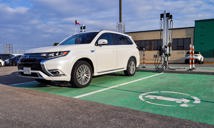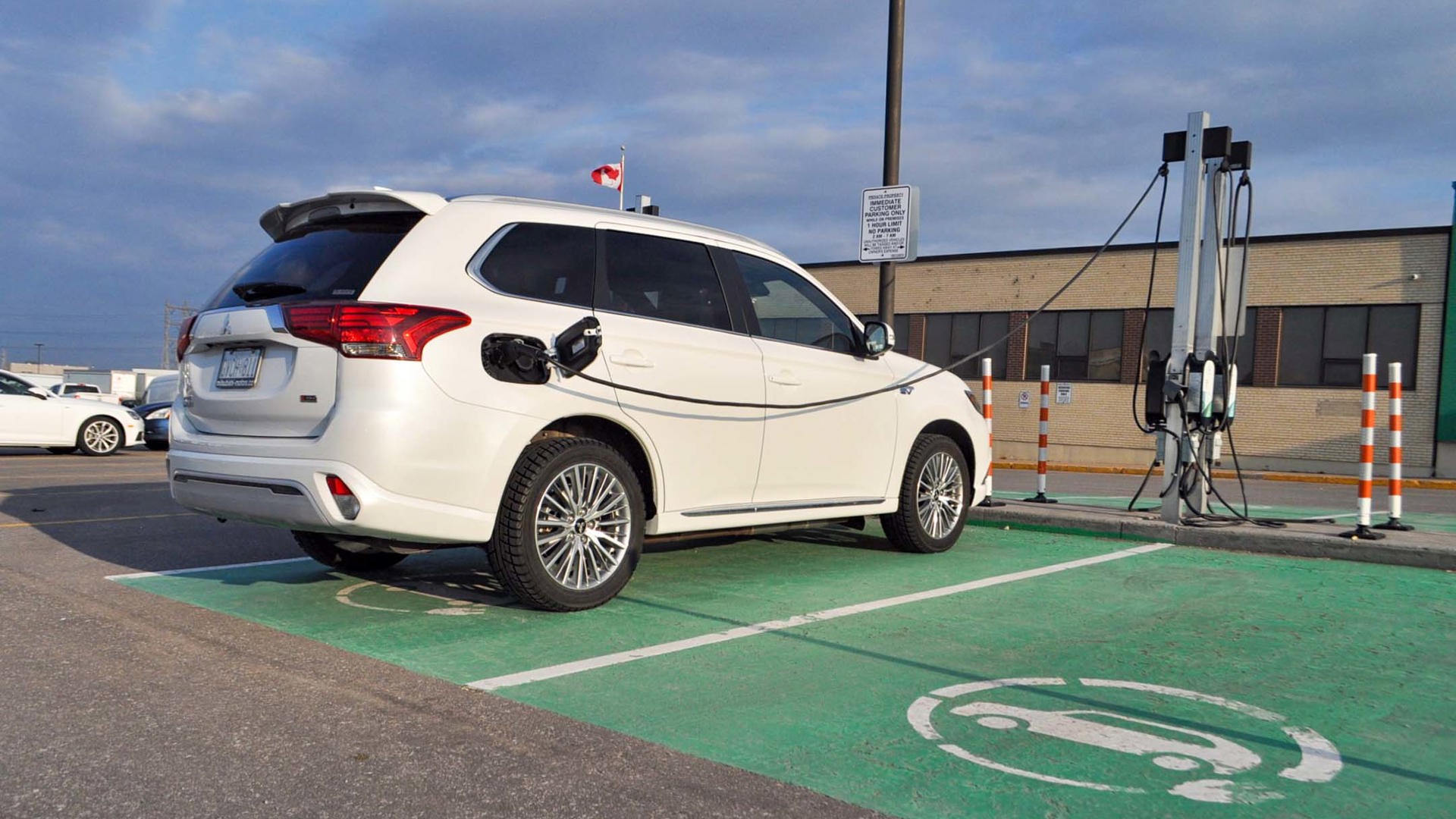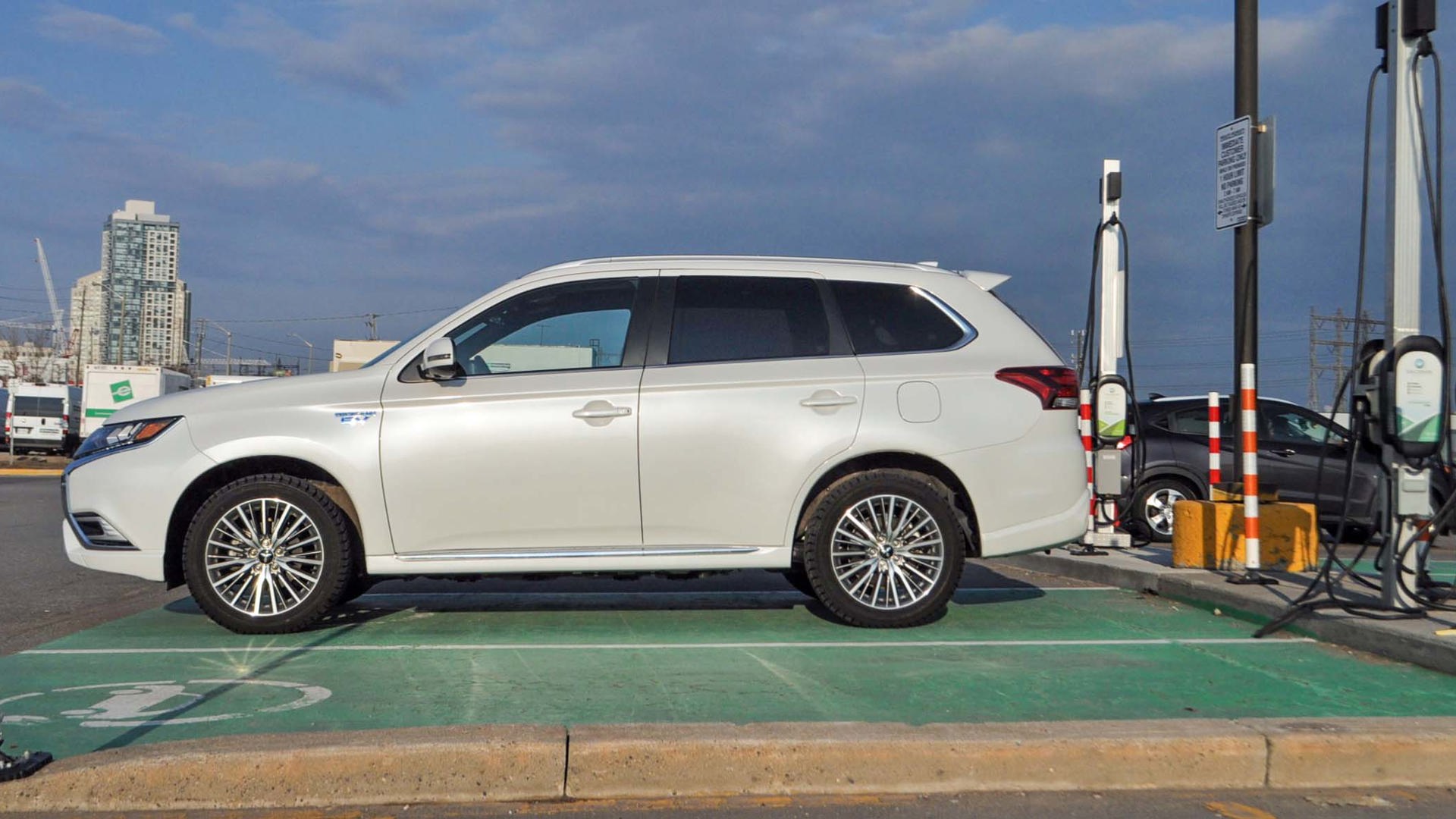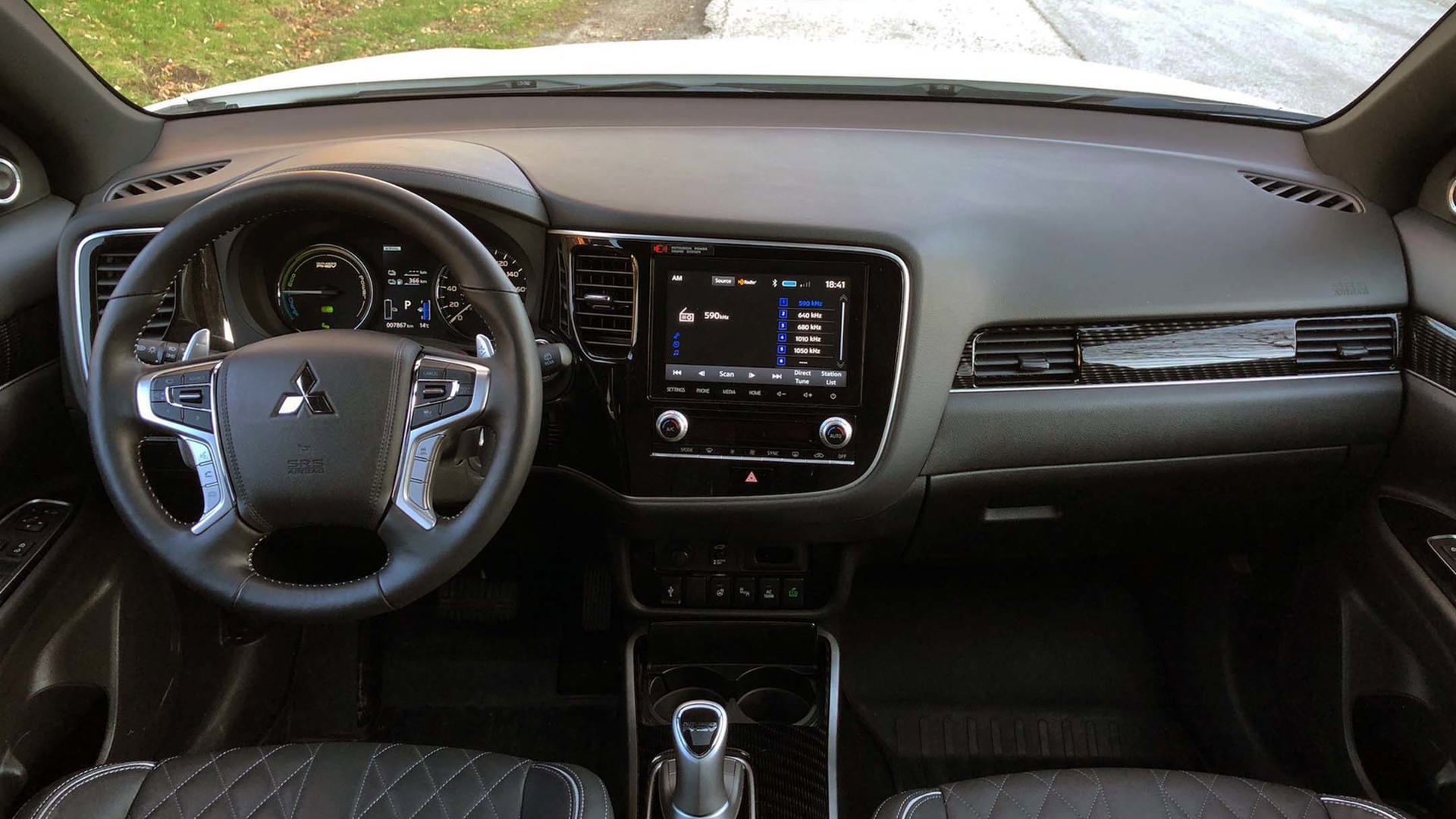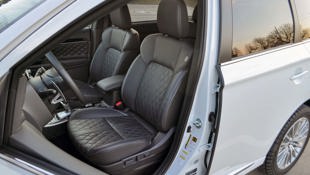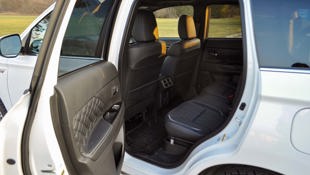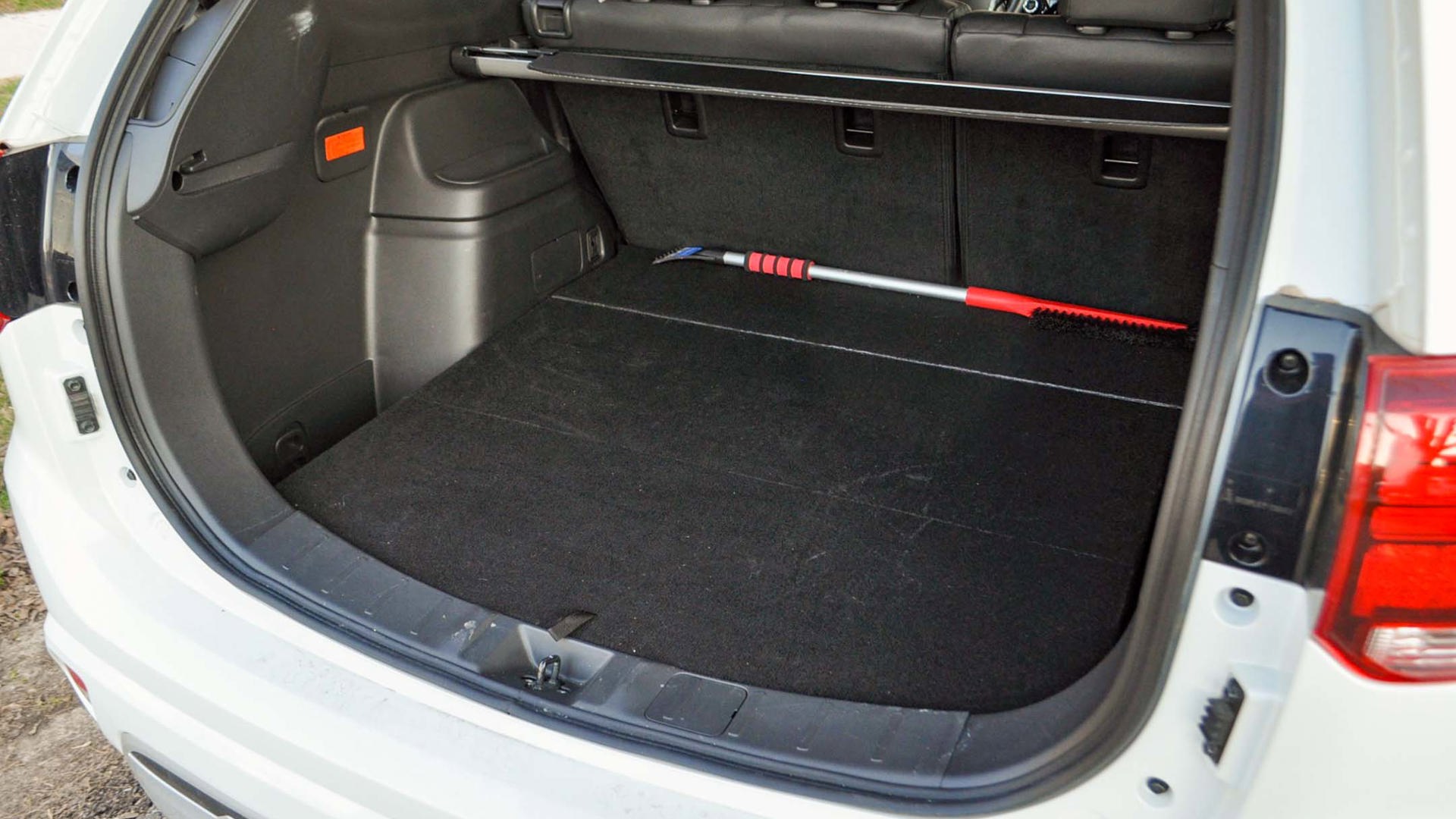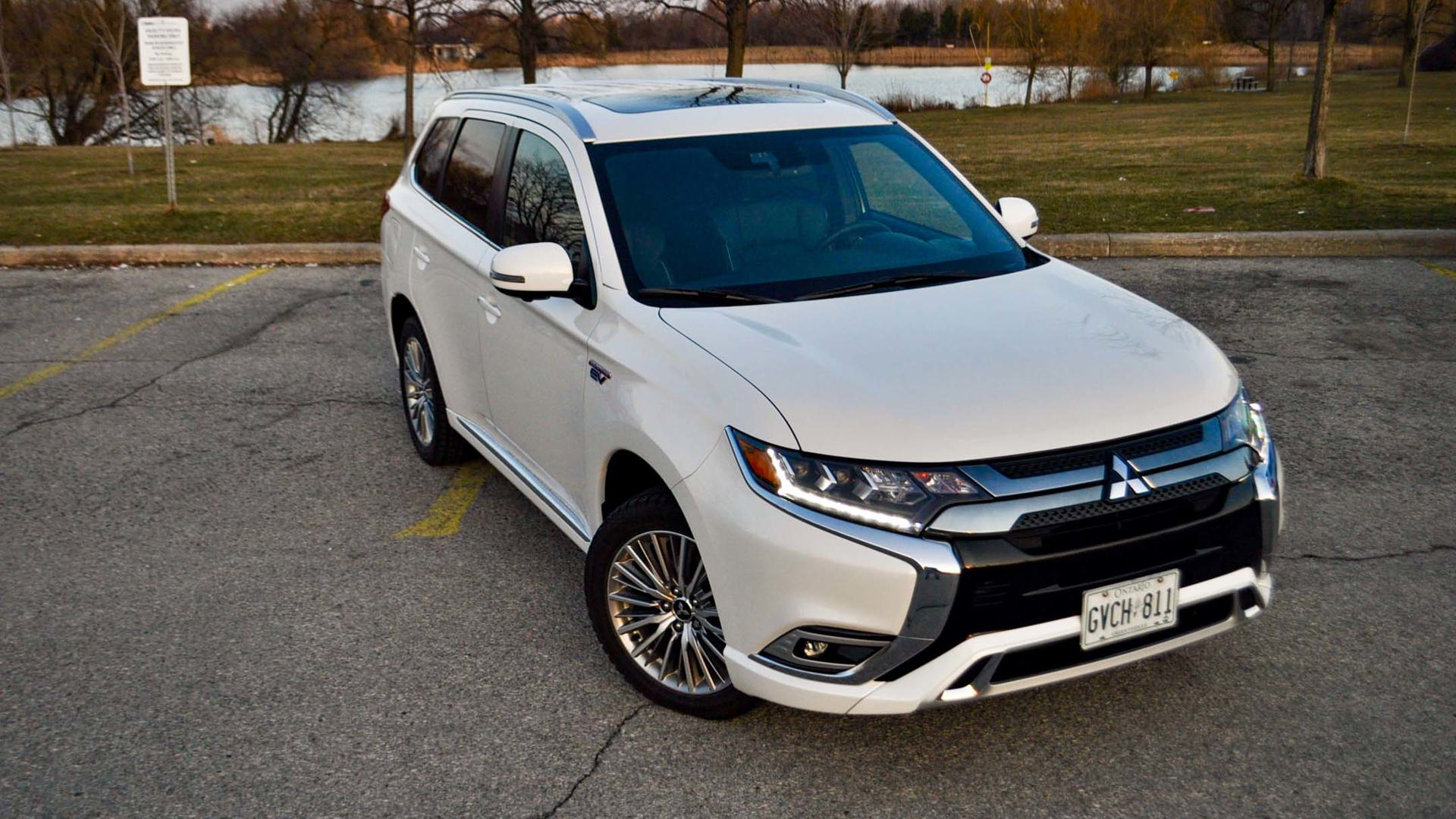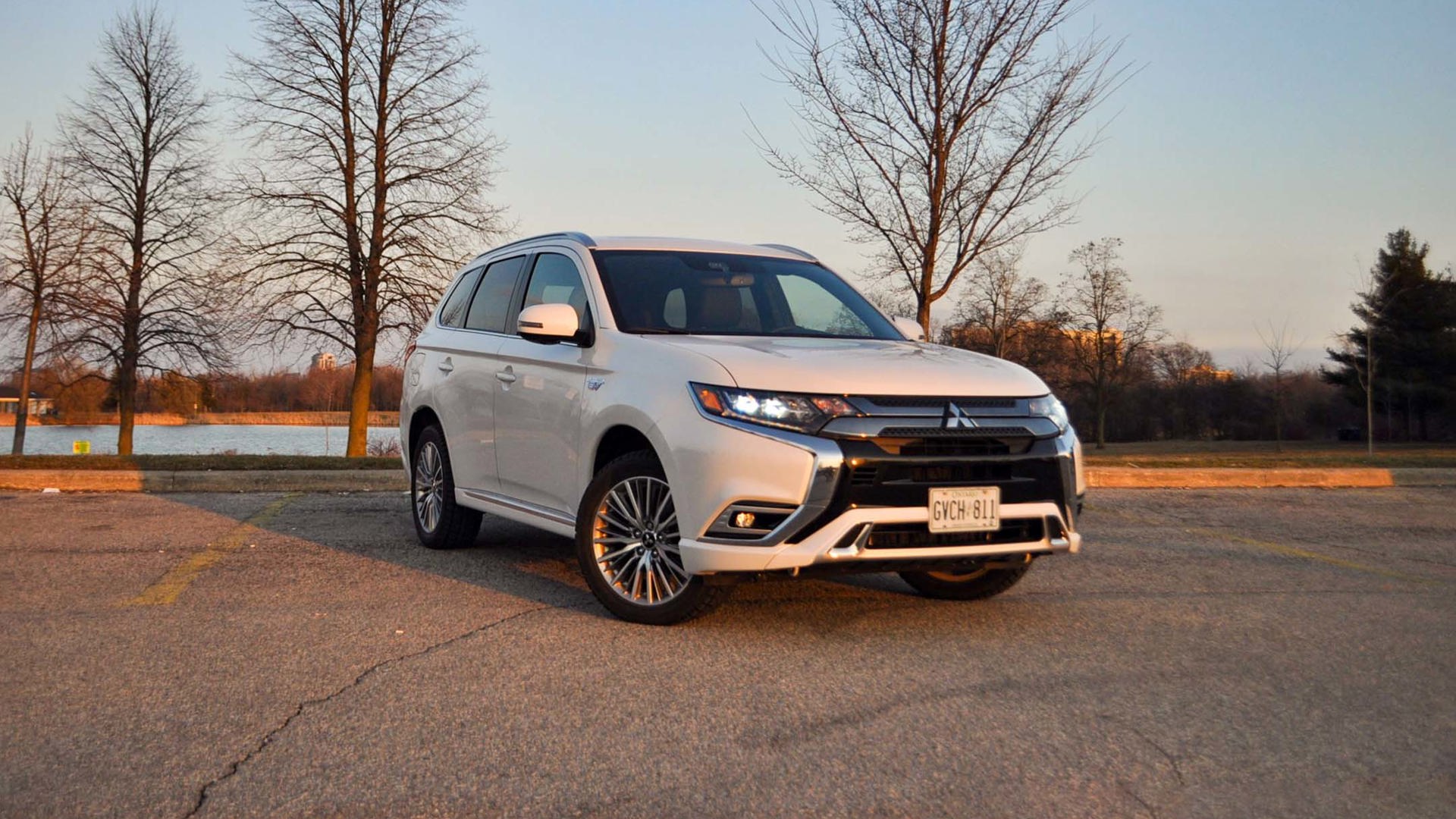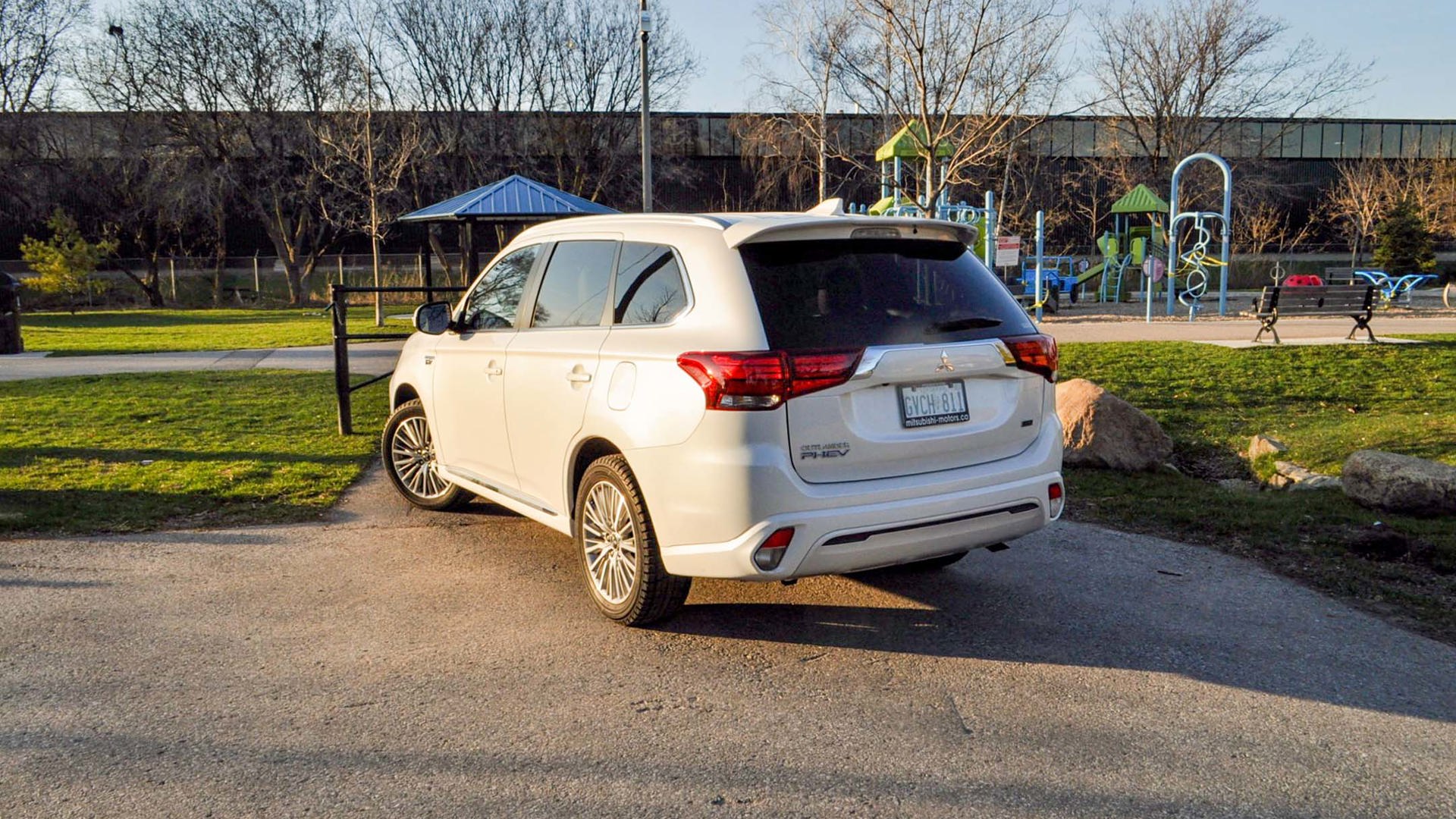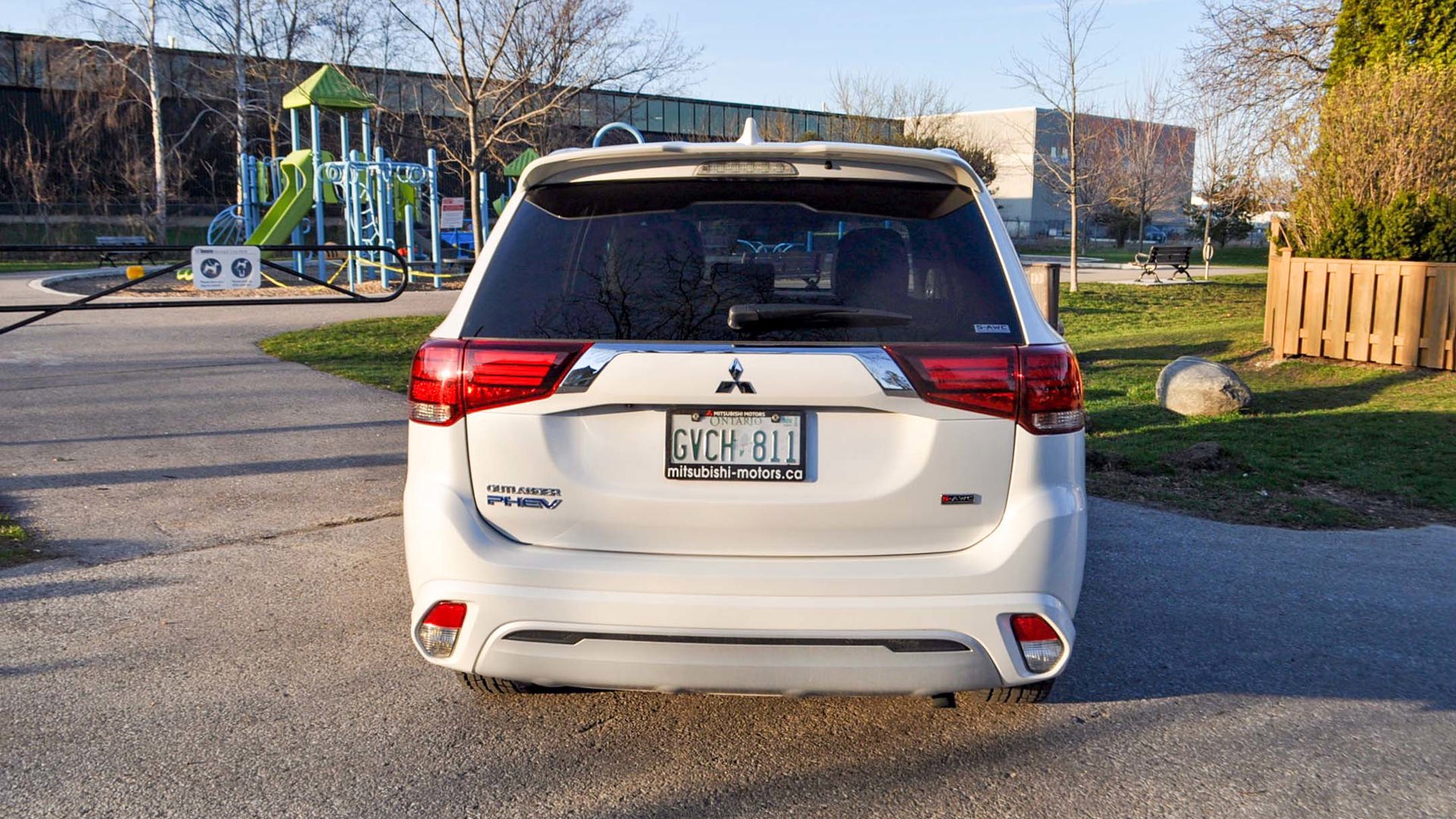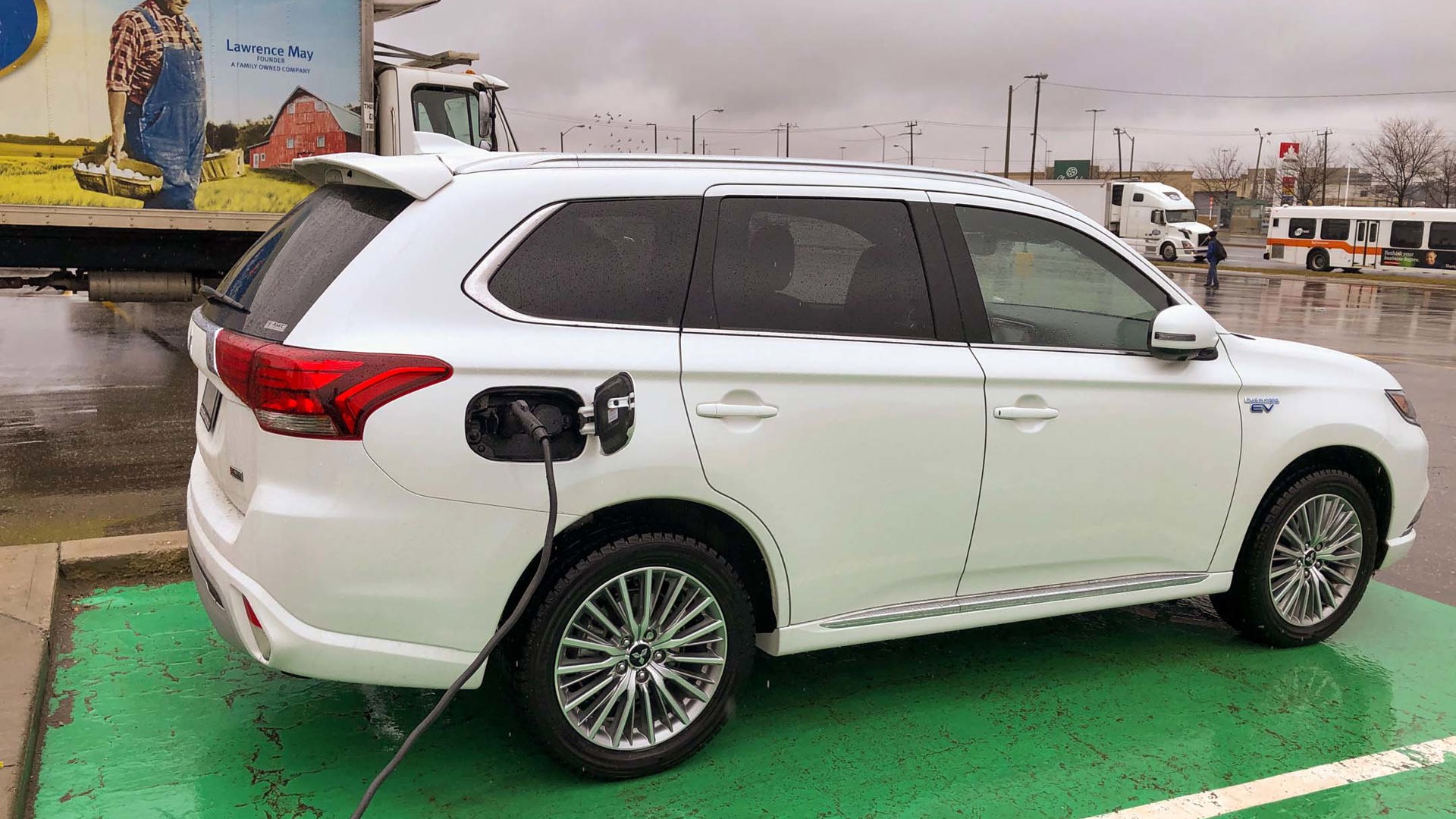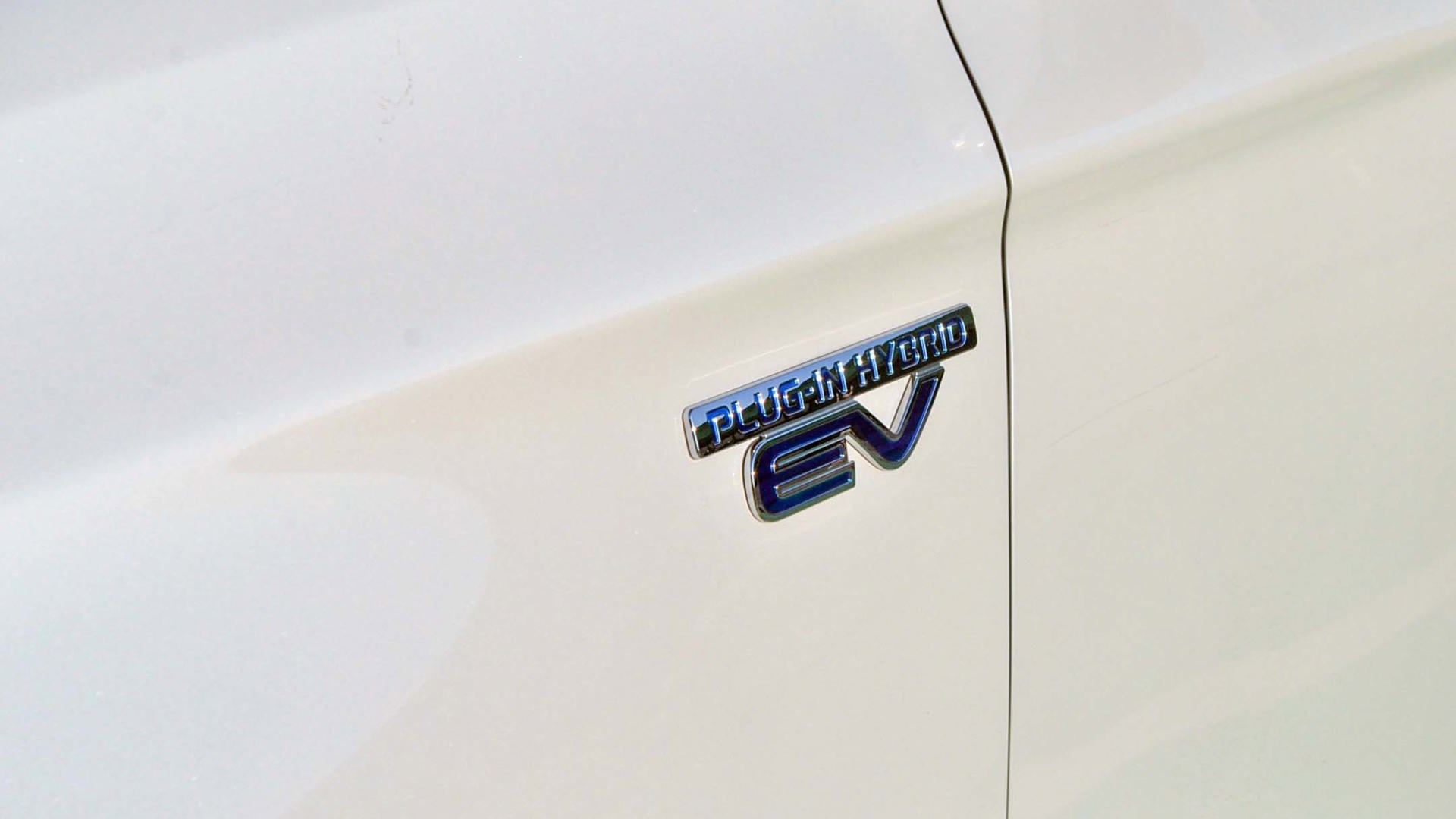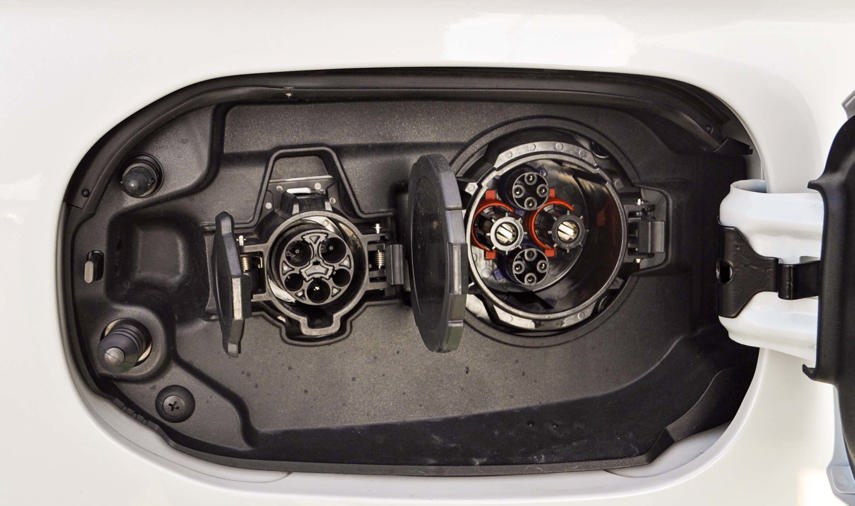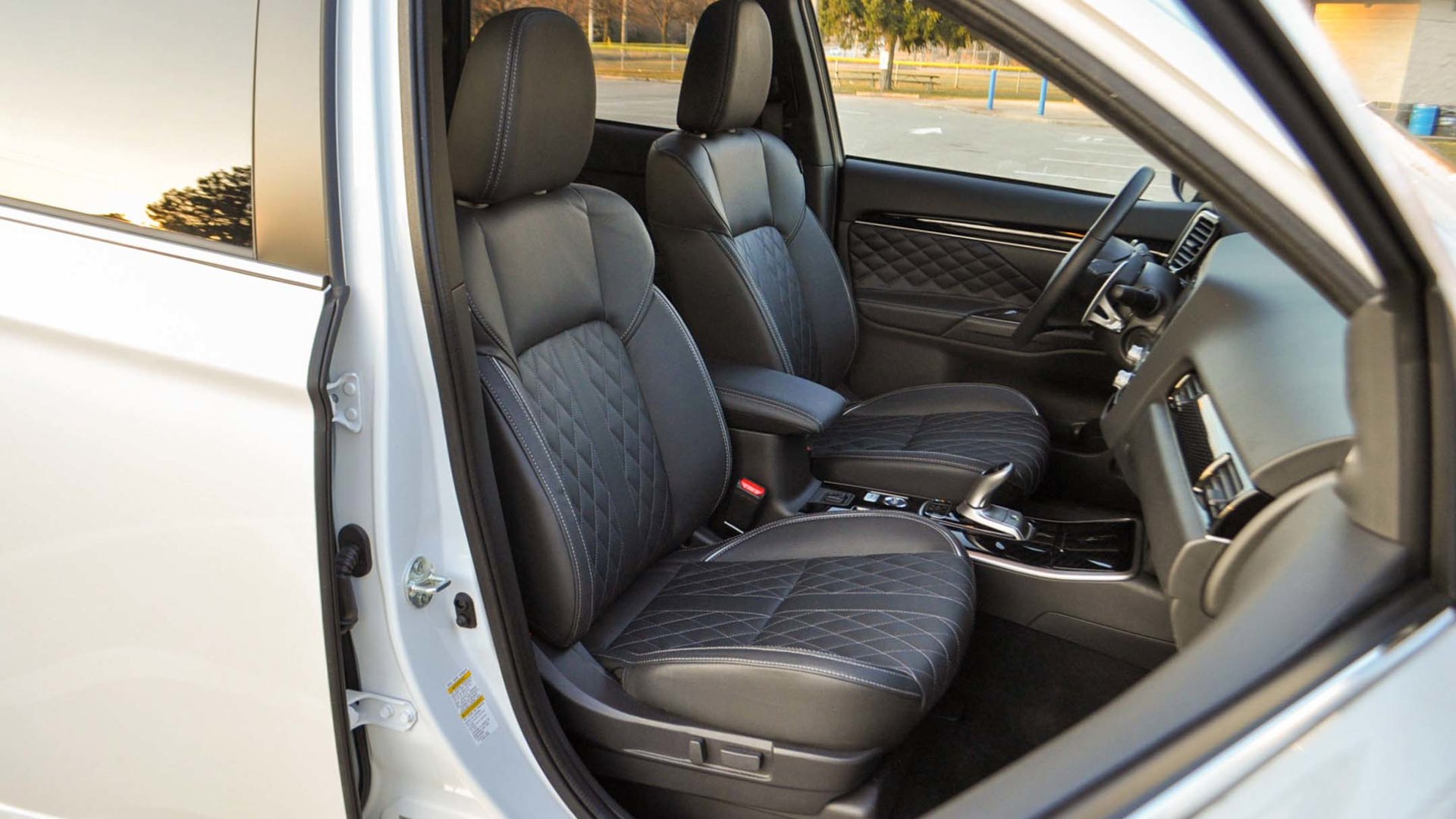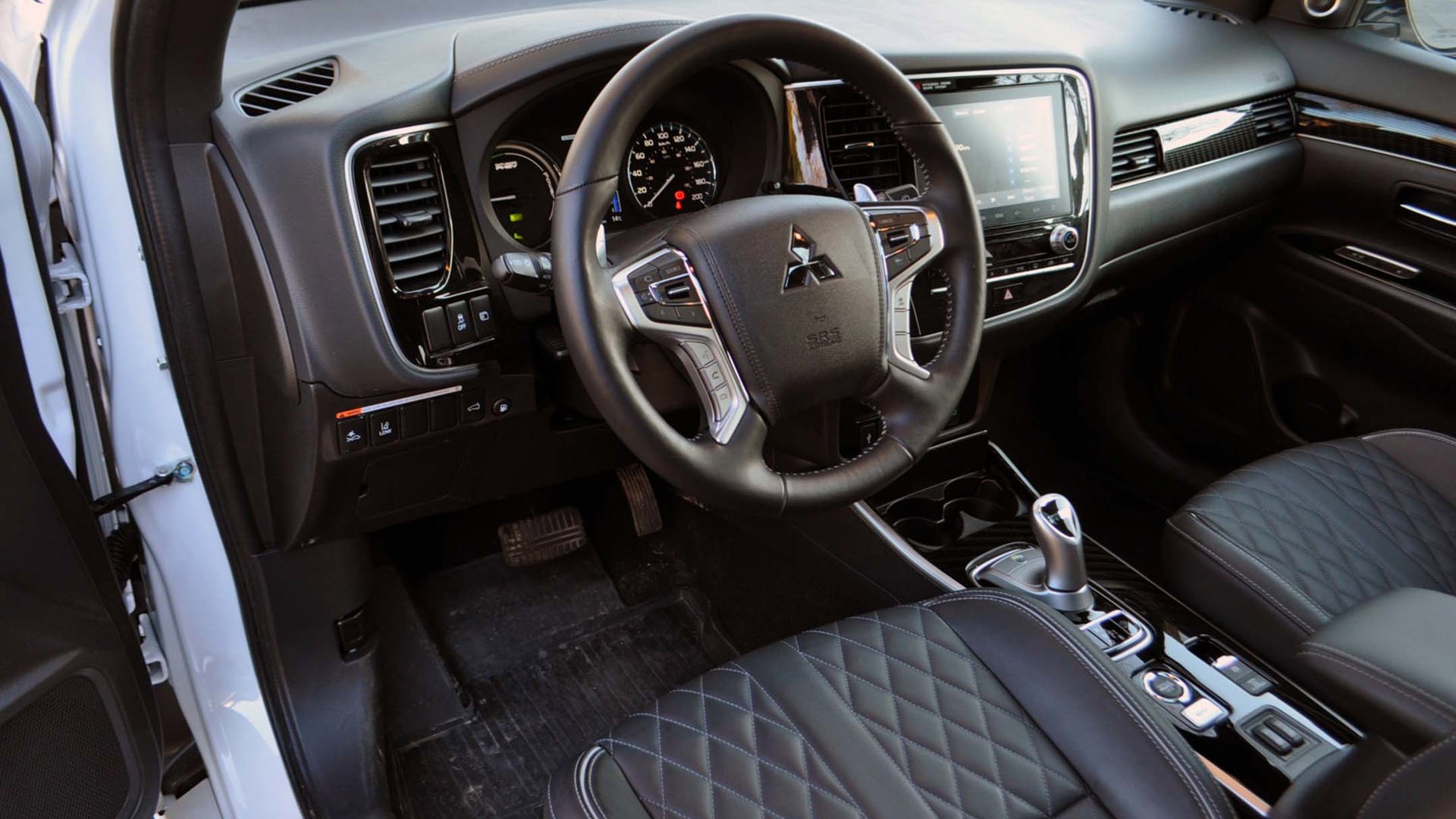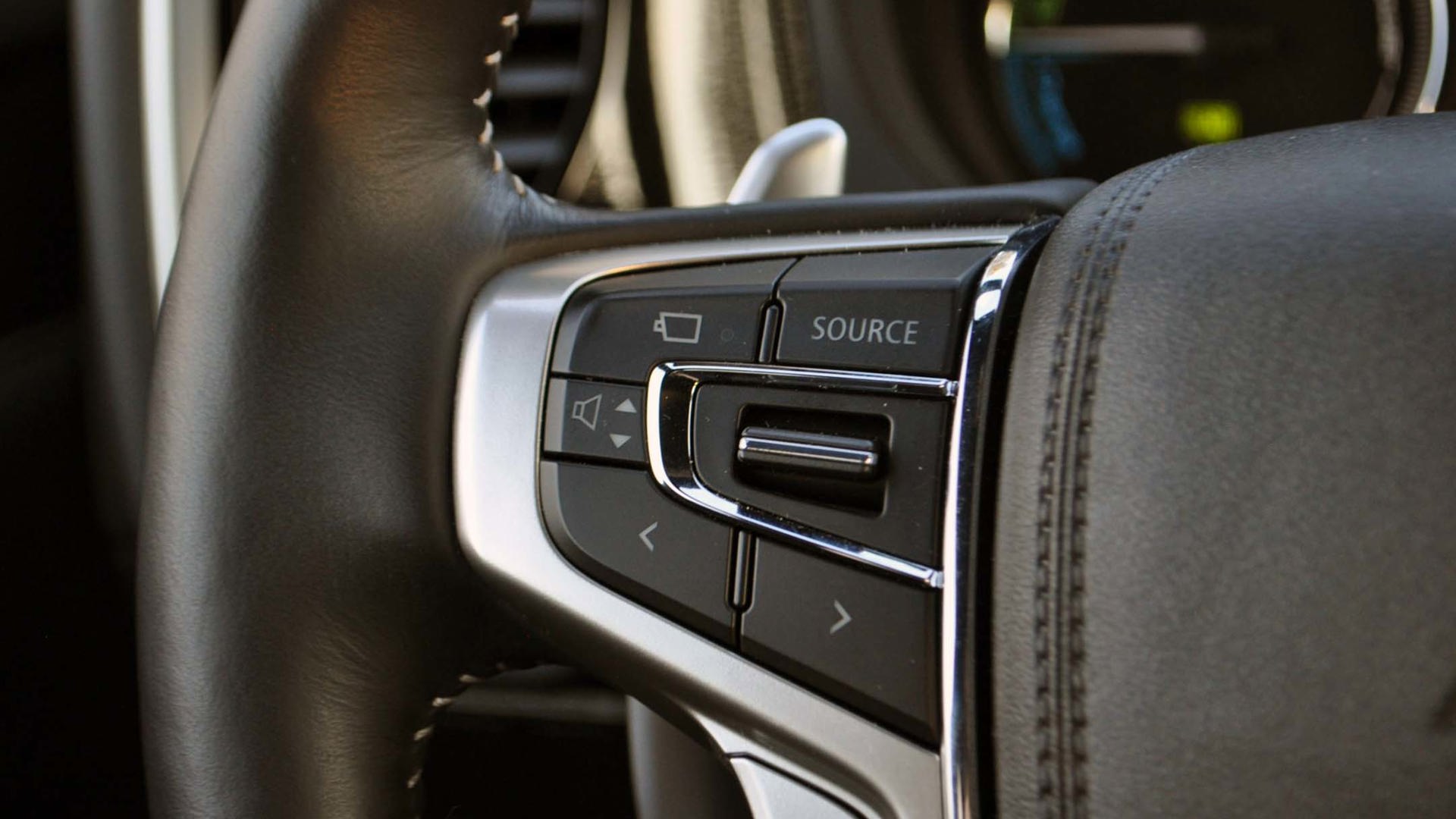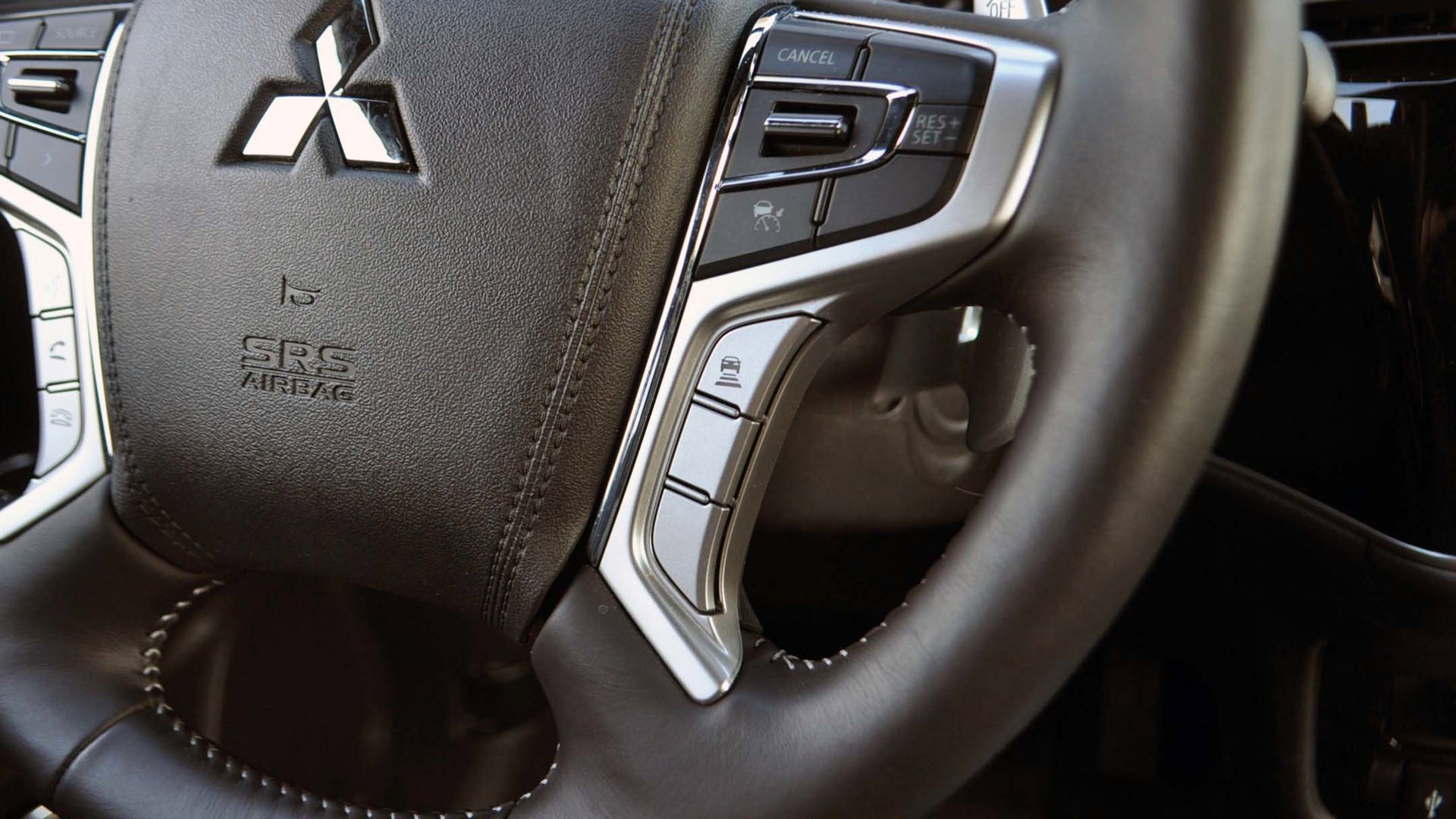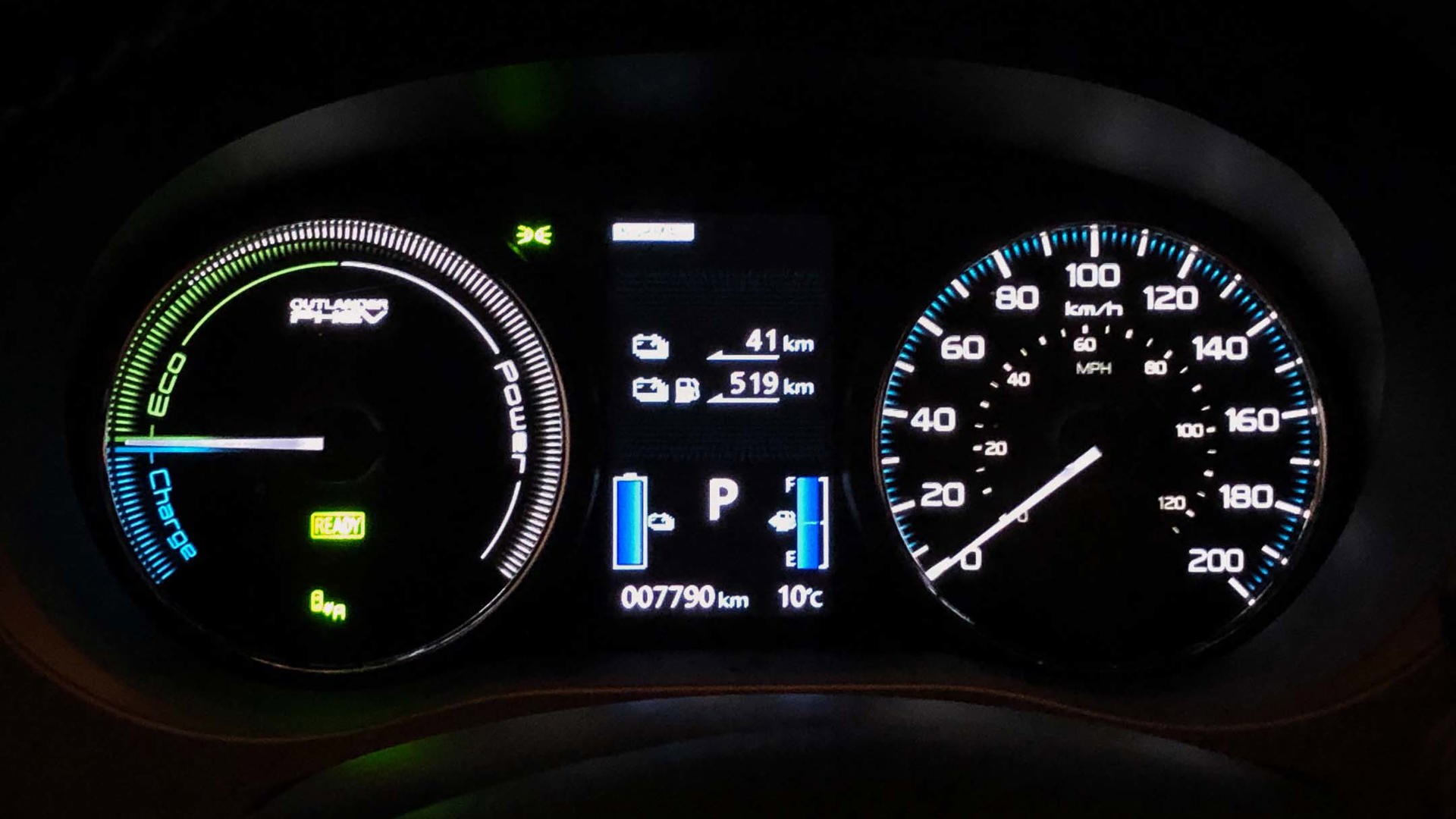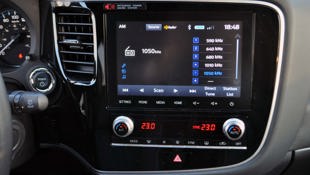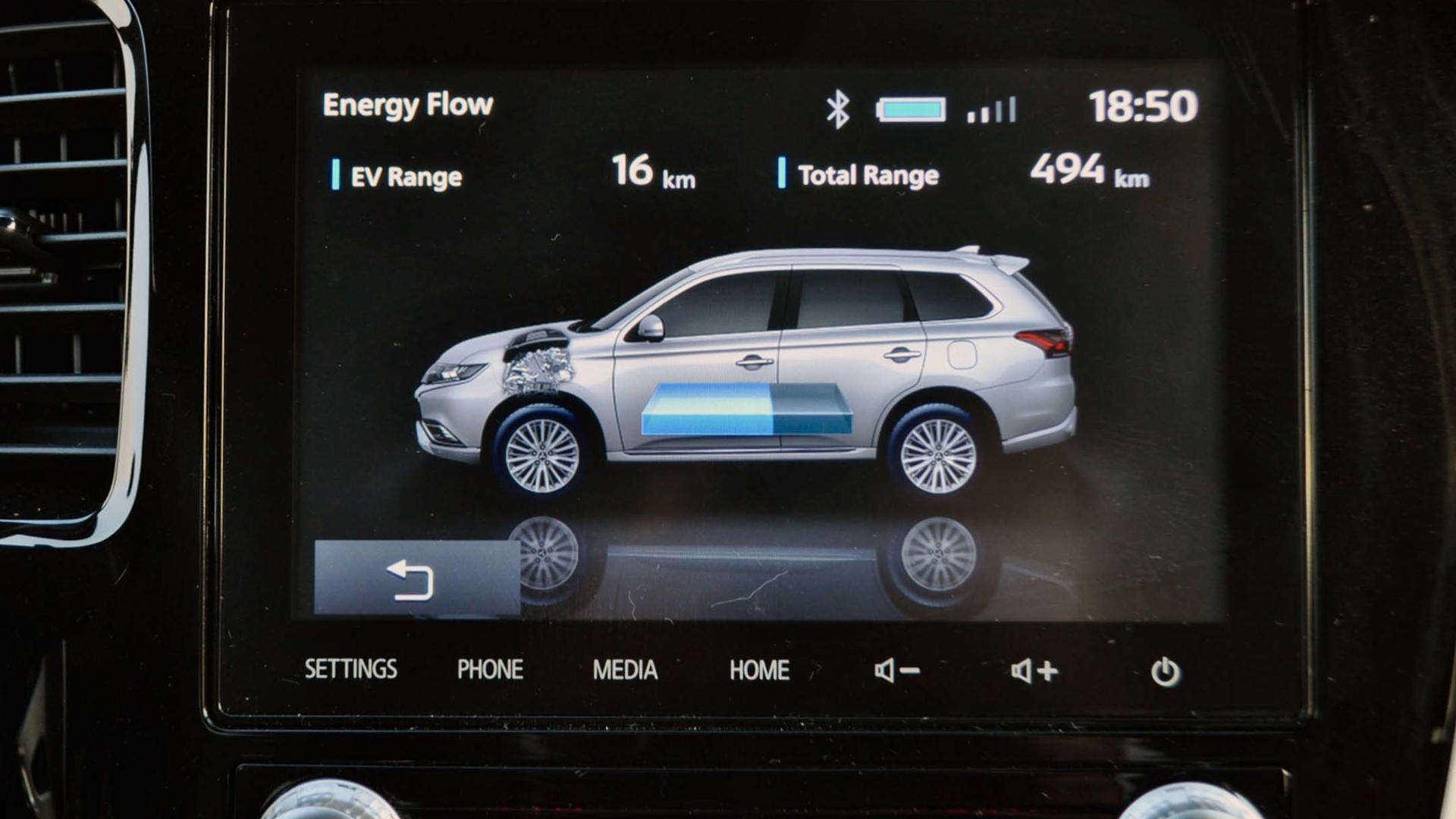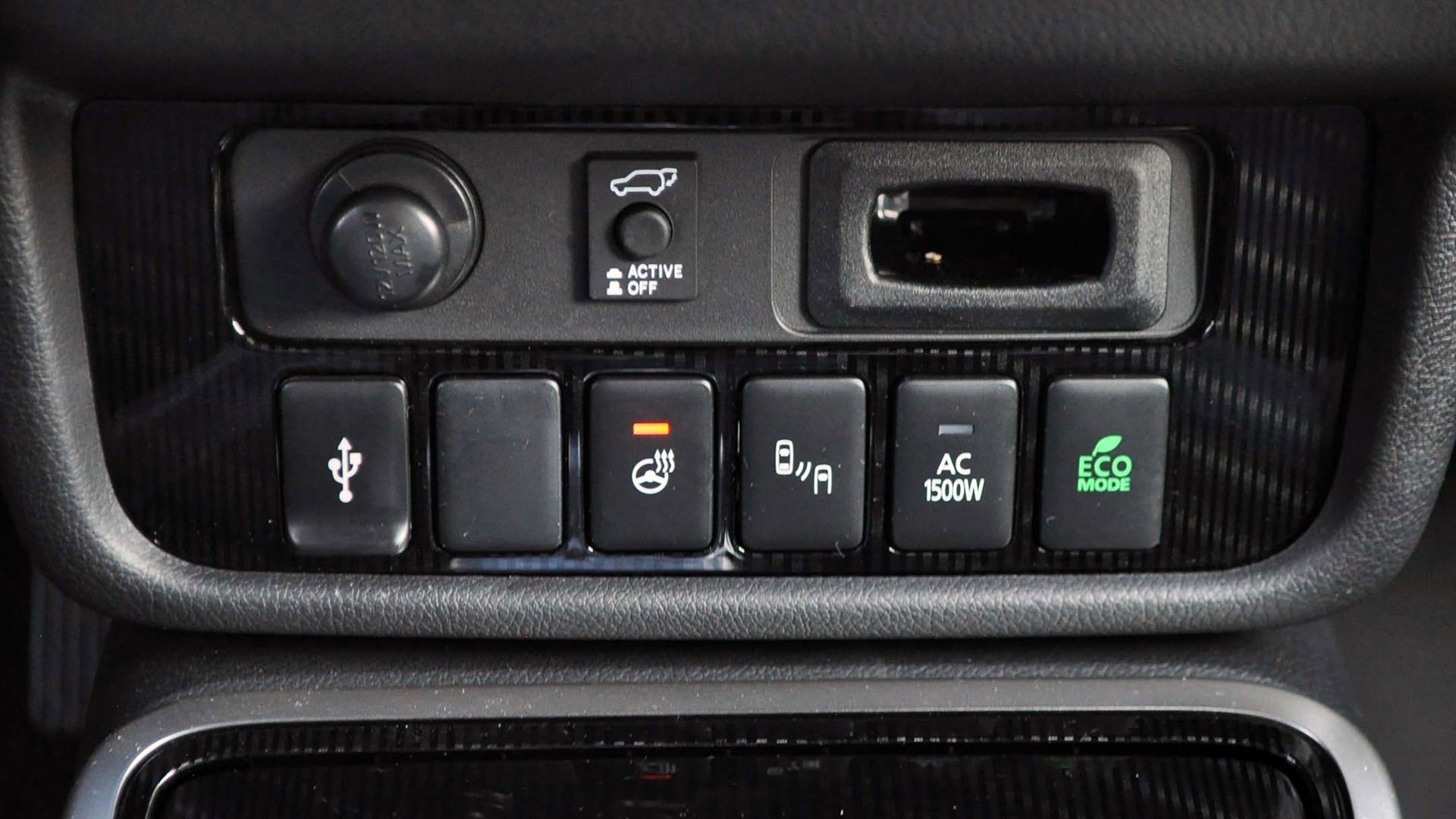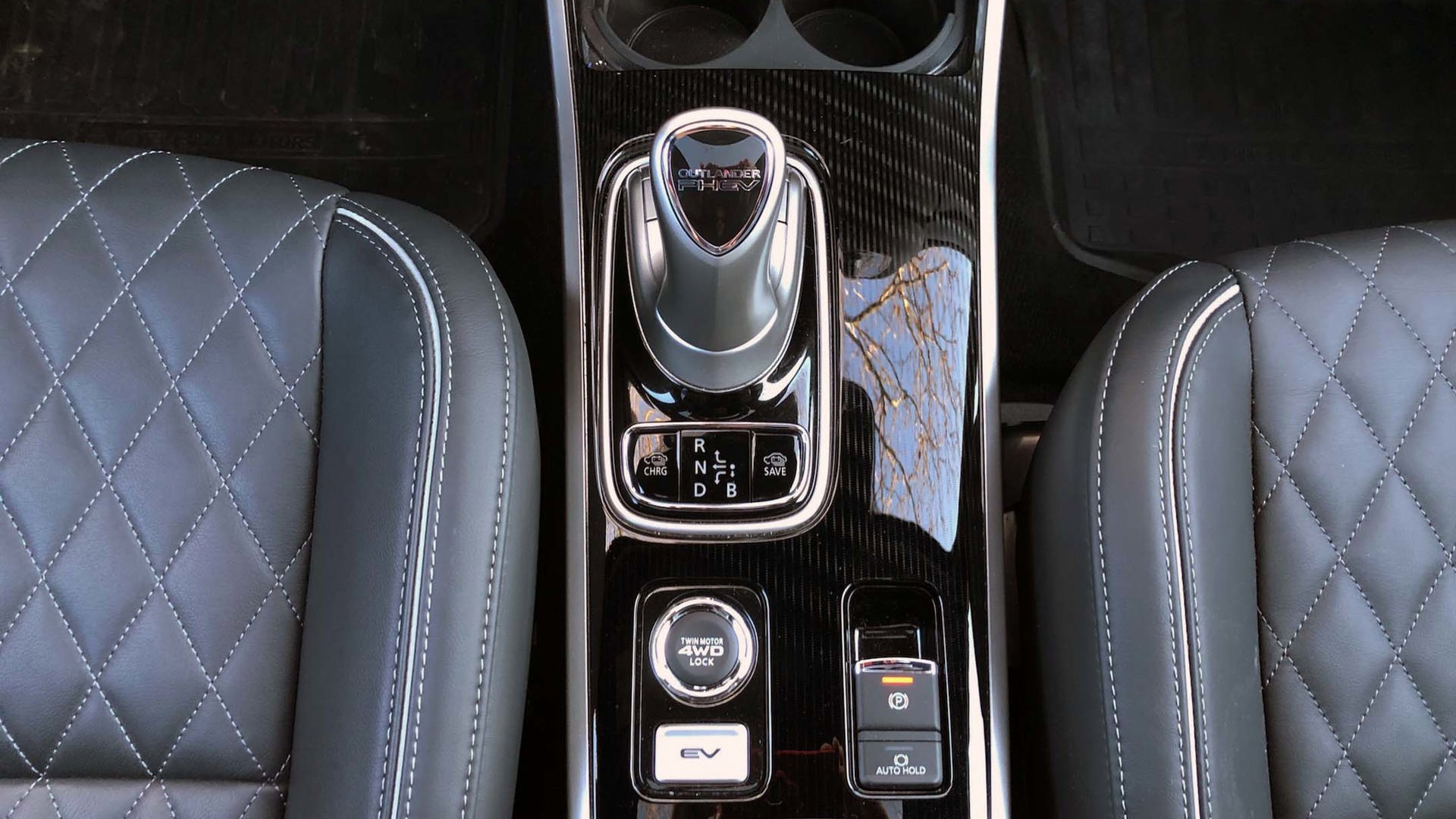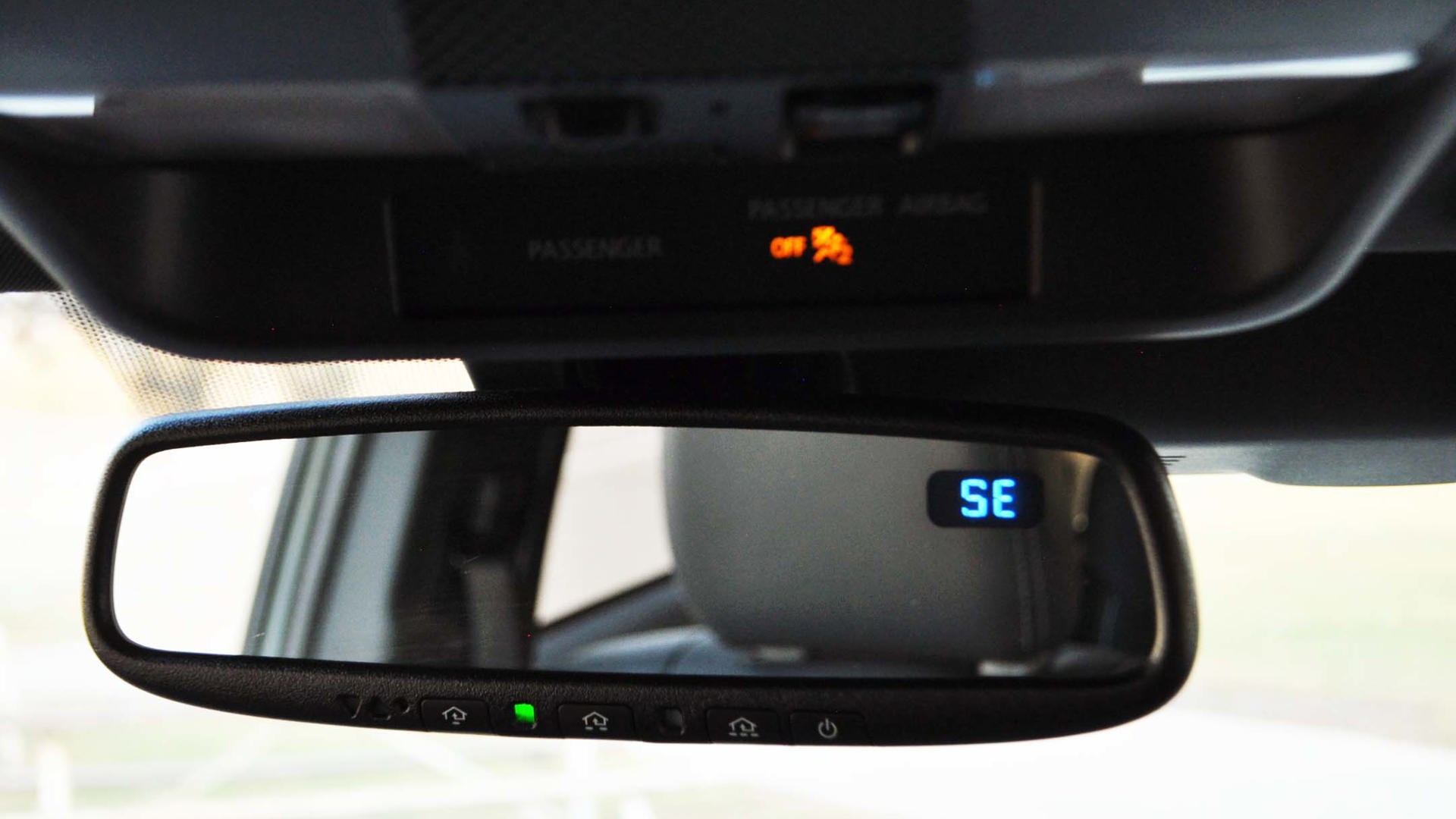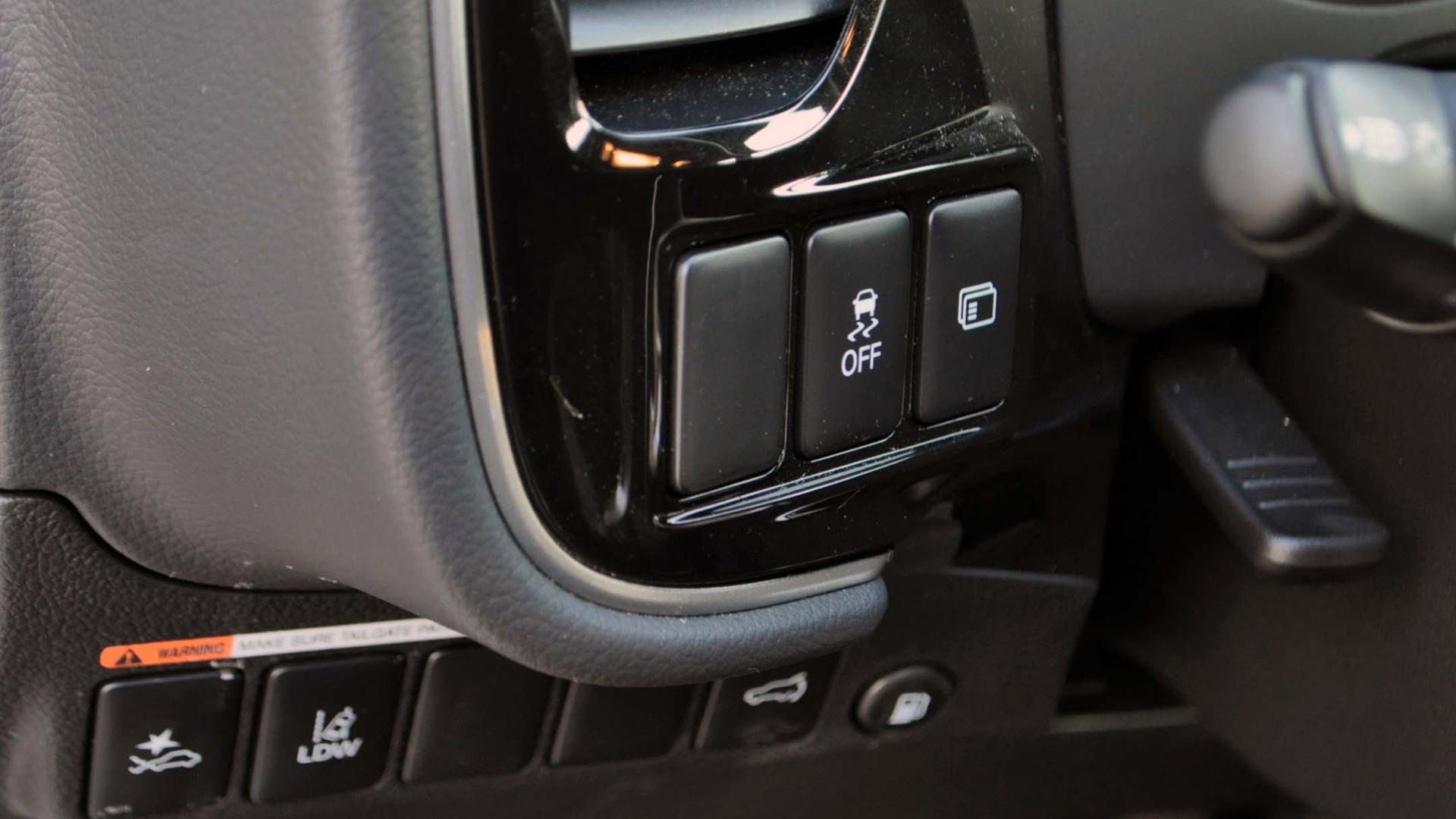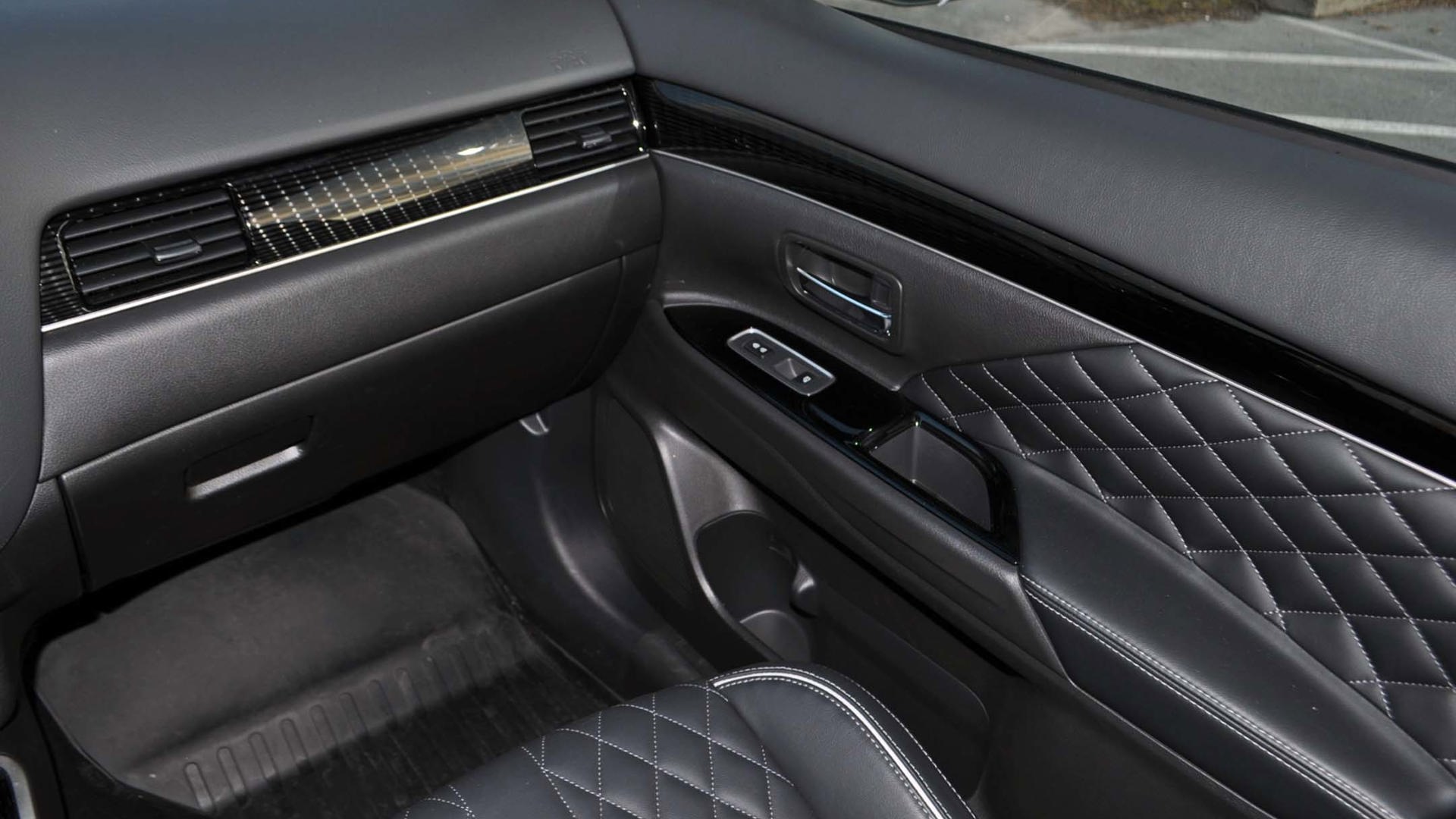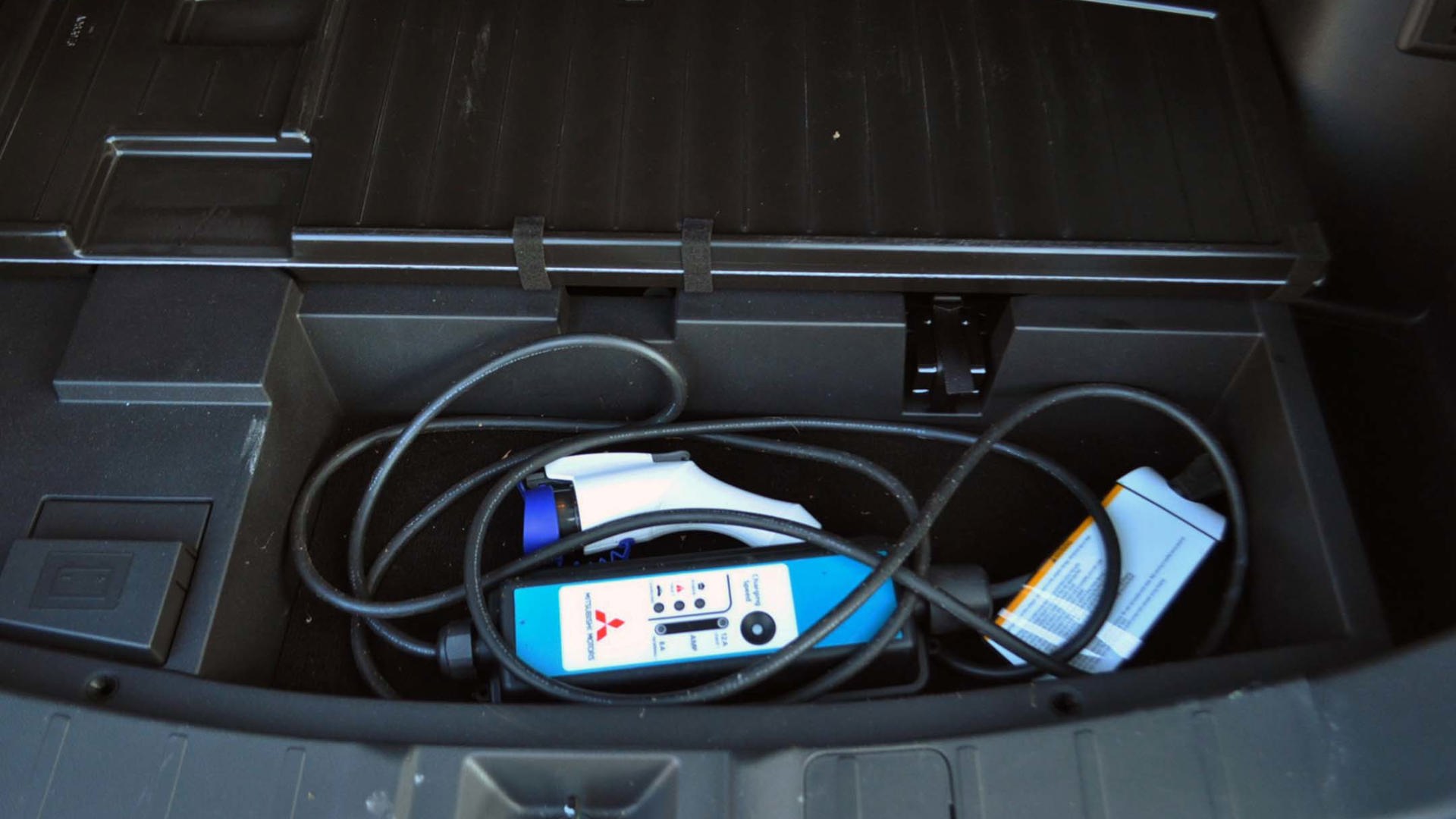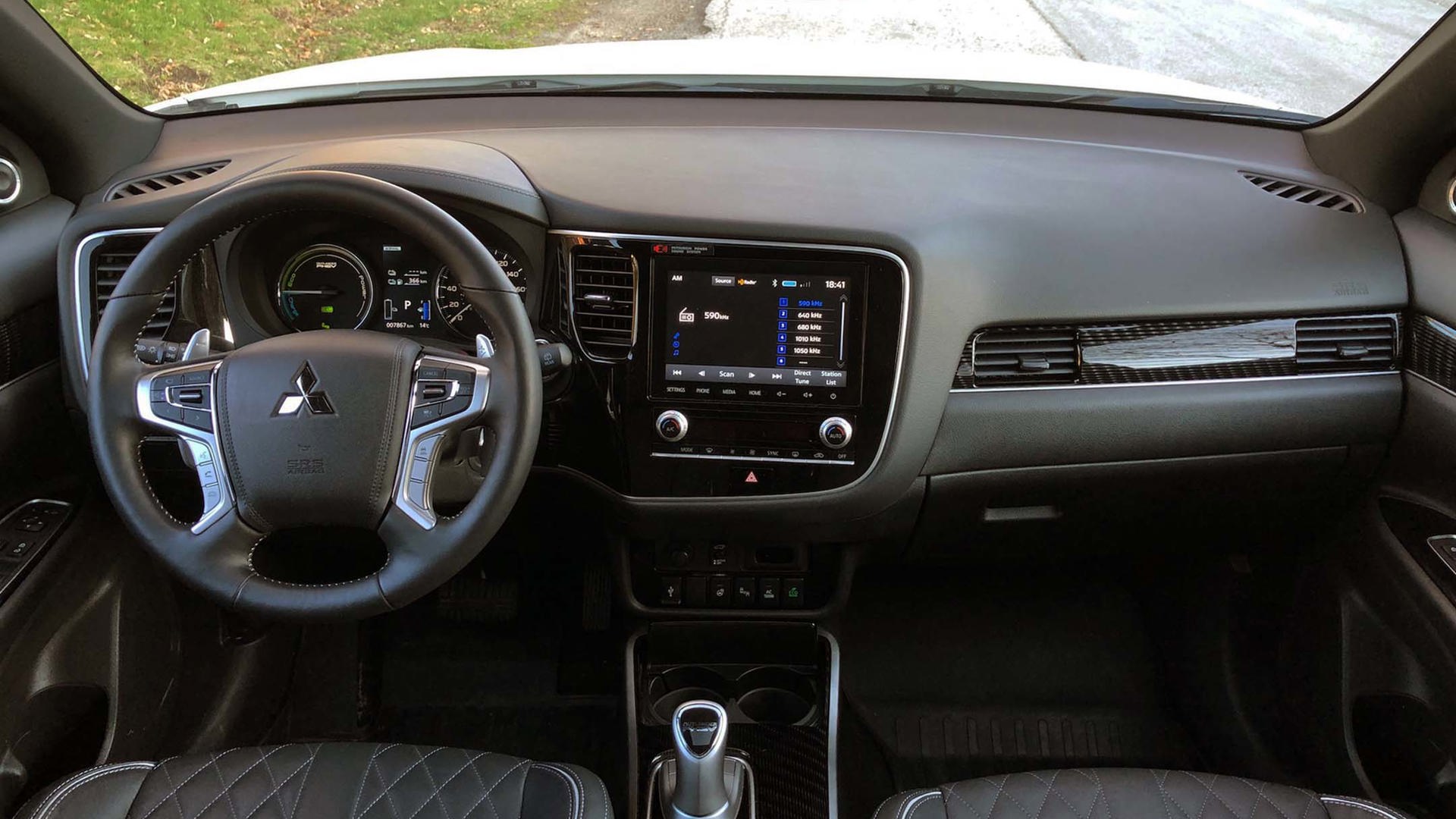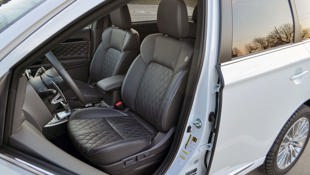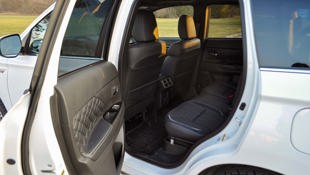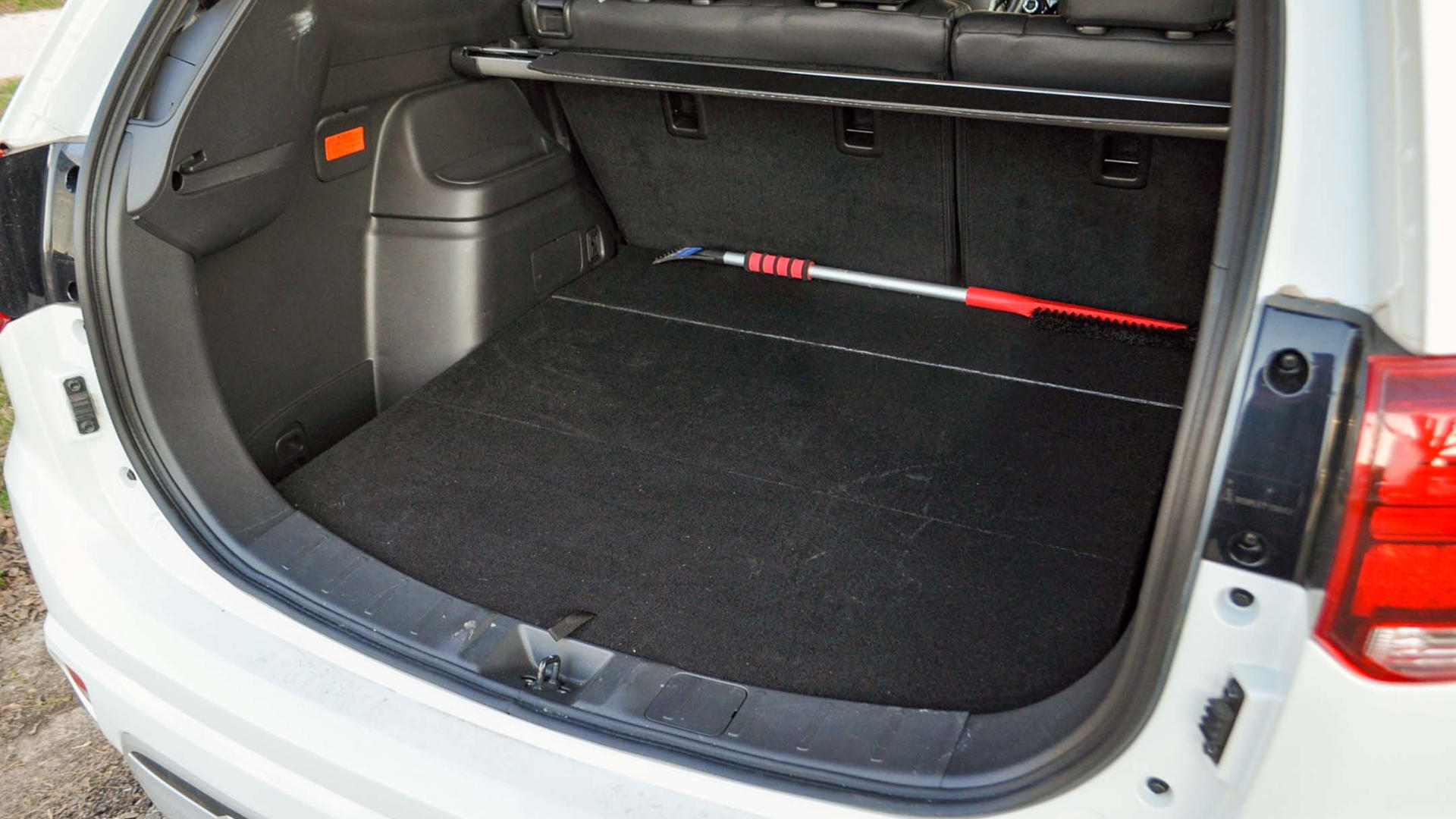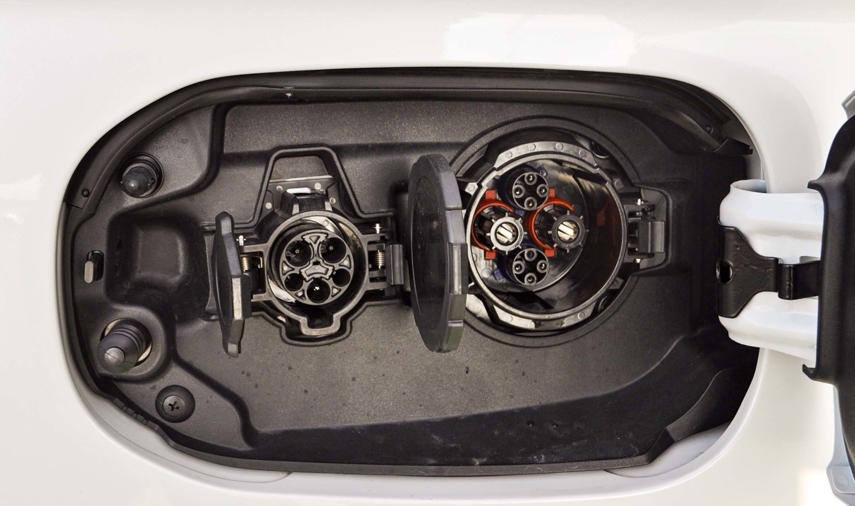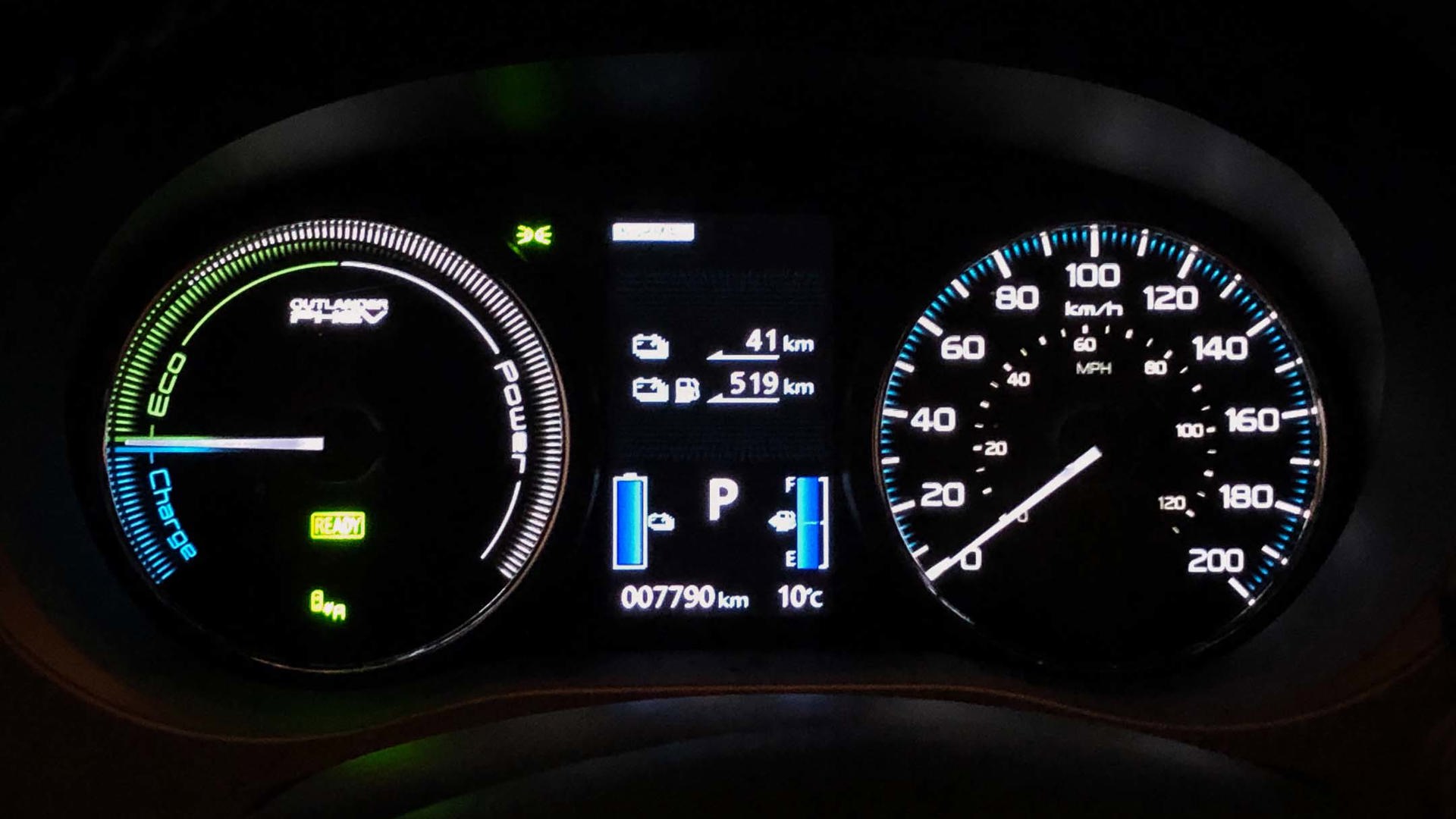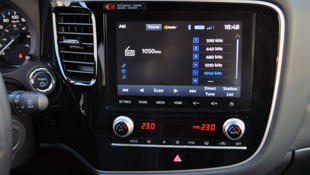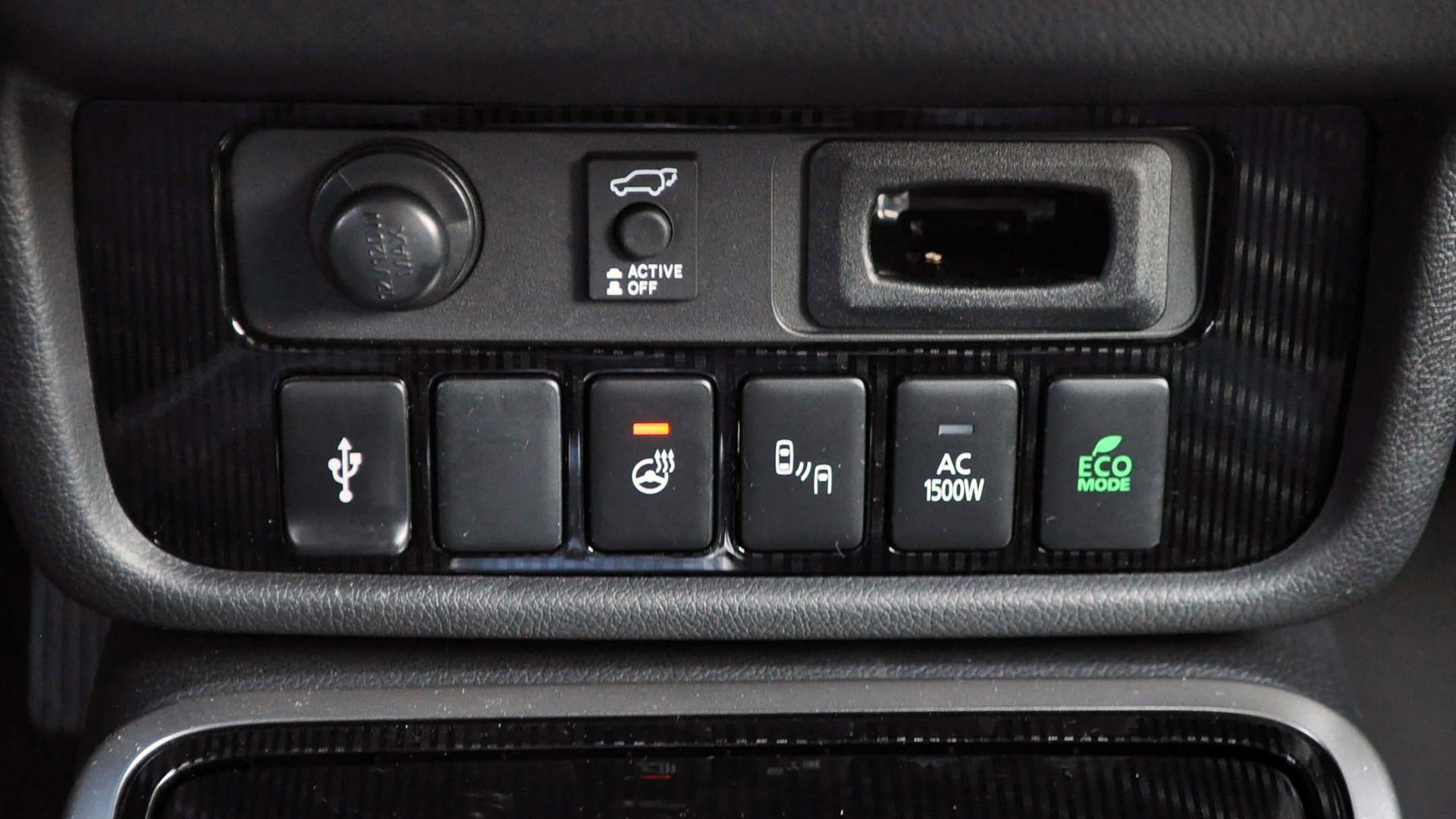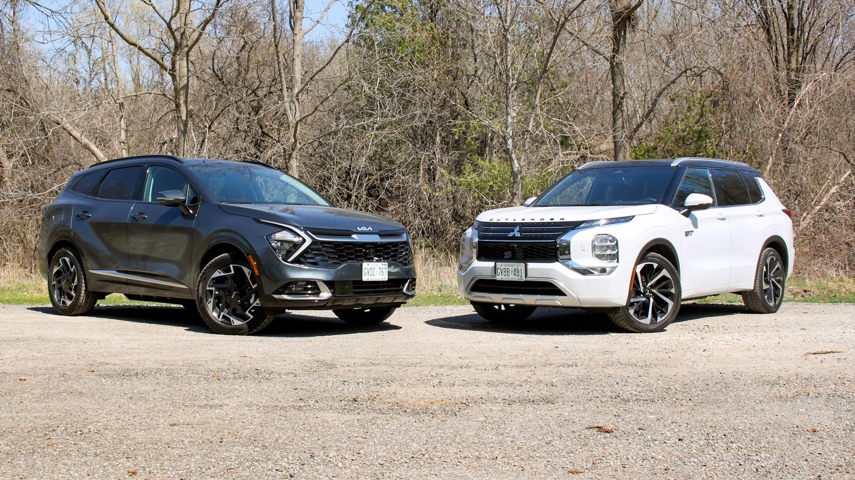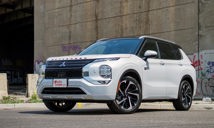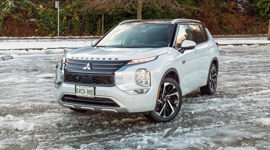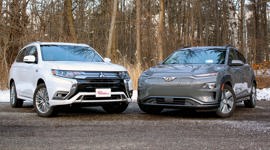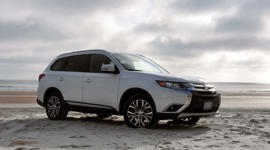 AutoTrader SCORE
AutoTrader SCORE
-
STYLING7/10
-
Safety7/10
-
PRACTICALITY8/10
-
USER-FRIENDLINESS8/10
-
FEATURES8/10
-
POWER8/10
-
COMFORT8/10
-
DRIVING FEEL7/10
-
FUEL ECONOMY9/10
-
VALUE8/10
Mitsubishi knows that as a small player in the market, its vehicles have to stand out.
Stylistically, the 2020 Mitsubishi Outlander PHEV may not stand out as the most modern SUV on the market, but it’s still one of the most affordable plug-in hybrid (PHEV) SUVs on the market. Add to that all its best-in-market characteristics – it’s the roomiest and offers the quickest recharging times and standard all-wheel drive – and it’s a standout among its kind, even if it looks pricey next to its gas-only sibling.
Styling: 7.5/10
The Outlander PHEV looks largely identical to the conventional Outlander, with an extra fuel door that hides connectors for both Level 2 and Level 3 charging stations and unique badging serving as the biggest hints of what’s hiding inside. (In certain provinces, special licence plates or stickers also set it apart from regular Outlanders, as well as provide some perks like carpool lane access when driving alone.)
The Outlander has been around for a while, and despite some LED lighting and other visual updates, it clings to a traditional SUV shape that’s modernized mostly by its large starfish-shaped grille, whose large black sections stood out more on our white tester than on darker paint shades. The interior design of the Outlander PHEV also falls heavily on the traditional side.
Features: 8/10
Most of the features one would expect in a $50,000 small sport utility are present – especially in this fully loaded GT tester. Heated front seats and steering wheel, a power tailgate and sunroof, and supple quilted leather seats and accents are all included with the top trim. There’s also a useful 360-degree camera system that’s easy to access thanks to a button on the steering wheel. A household-style three-pronged outlet in the rear cargo area allows for a cooler or vacuum cleaner to be plugged in.
Comfort: 8/10
The Outlander PHEV is one of the largest and roomiest plug-in hybrid SUVs on the market – especially compared to the likes of the Kia Niro PHEV, Quebec-only Subaru Crosstrek Hybrid, and Mini Countryman SE All4.
Climbing in and out is easy thanks to the tall roof, and there’s a calming familiarity with the overall layout, with few of the future-forward controls often found in other electrified vehicles. Rear seat room is also impressive, a by-product of the Outlander’s generous length. There are no rear window sunshades, but second-row passengers benefit from cup holders, and USB and three-pronged outlet power.
The suspension does a good job of minimizing bumps in the road, although there is some squishiness on highway ramps when driven aggressively.
Powertrain: 8.5/10
Likely the most appealing aspect of this plug-in hybrid SUV is the 35 km of smooth and silent all-electric range provided by a full charge, especially if it’s charged nightly. And, thanks to the placement of electric motors in the front and rear, it’s one of the few PHEVs to come standard – or even offer – all-wheel drive. Granted, that estimated all-electric range will fluctuate depending on driving style, and it’s well short of the 62 km predicted range of the upcoming Toyota RAV4 Prime PHEV.
During early springtime testing, the Outlander PHEV provided between 25 and 30 km of electric driving, though it’s nearly impossible to quantify EV range exactly as the gas-powered engine kicks in occasionally at cooler temperatures. The Outlander PHEV becomes much less efficient when predominantly burning gas in hybrid mode, its 2.0L four-cylinder engine varying between 7.3 and 11.0 L/100 km over the week I spent with the tester.
Driving Feel: 7.5/10
The engine isn’t coarse when it comes on, but it’s much louder than the electric motor alone. There’s a healthy initial hit of torque in all-electric mode, but don’t expect adrenaline-pumping acceleration here. The steering wheel-mounted paddles do a good job of at least occupying the involved driver, increasing regeneration with a few flips of the left paddle, which feels like downshifting as it slows down quicker and regenerates a few more electrons for the 12-kWh lithium-ion traction battery.
For one-pedal driving enthusiasts, it’s possible to do so in urban areas, although the regen is not quite strong enough to bring the Outlander to a full stop – even at the highest regeneration level.
Practicality: 8.5/10
The Outlander PHEV’s combination of spaciousness, quietness, and all-weather capability makes it a practical family hauler – particularly for those with access to a garage or parking space with a plug. There’s also a handy smartphone app that allows the cabin to be conditioned remotely, a handy feature before heading off.
When it comes to cargo room, the shorter but wider RAV4 has slightly more cargo space than the plug-in Mitsubishi’s still sizeable 861 L with the rear seats up. There’s no available third-row seating here as there is in the conventionally powered Outlander, though that space is much better used for cargo.
Plus it’s rated to tow, another rarity amongst vehicles that plug in – as much as 680 kg (1,500 lb) in this case. It will be interesting to see how the Outlander PHEV’s towing and cargo numbers line up with the RAV4 Prime that’s scheduled to go on sale this year.
User Friendliness: 7.5/10
Though all the features of the Outlander are generally easy to comprehend and use, there are some ergonomic foibles here. The single USB port up front is right above the cup holder closest to the driver, so plugging in renders it all but unusable.
The infotainment system features an eight-inch touchscreen and is easy to control with the steering-wheel buttons, but it really needs an actual volume knob. One other notable omission from the Outlander PHEV: there’s no built-in navigation system. Even in this fully loaded tester, drivers will need to rely on the standard Apple CarPlay or Android Auto for directions.
Safety: 7.5/10
With a five-star safety rating from the National Highway Traffic Safety Administration (NHTSA), as well as solid if not outstanding safety scores from the Insurance Institute for Highway Safety (IIHS), the Outlander PHEV offers decent overall safety ratings. All models come with blind-spot warning and rear traffic alert, while the GT trim adds automatic LED headlights, a forward collision warning system, and adaptive cruise control.
Fuel Economy: 9/10
The Outlander PHEV’s official Natural Resources Canada (NRCan) rating of 9.2 L/100 km when run on gas only seems fairly accurate. But the true marvel of this vehicle is to use it when it’s fully charged – and where the official numbers drop down to a much more impressive 3.2 Le/100 km.
It’s also among the quickest PHEVs to recharge, as it’s currently the only such SUV that offers Level 3 charging capability. This allows a relatively speedy top-up to 80 per cent in 25 minutes or so, which is more than manageable during a grocery store stop.
Value: 8/10
Compared to any other plug-in hybrid, the Mitsubishi Outlander PHEV is a slam-dunk value, with plenty of unique features, lots of cargo room, standard all-wheel drive, and a reasonable starting price. Where the question becomes murkier is the fact that there’s a regular gas-powered Outlander sitting next to it in showrooms, looking largely identical, but with a price tag that’s $10,000–$14,000 lower than its more efficient PHEV sibling. While a base Outlander doesn’t drive as quietly or smoothly as its plug-in counterpart, the price difference may sway some potential owners. There are, however, government rebates available that help soften the blow: On top of the federal $2,500 available to all Canadians, Quebec and BC both offer additional incentives ($4,000 and $1,500, respectively).
The Verdict
The Outlander PHEV is not only Canada’s best-selling plug-in hybrid SUV (as of the beginning of 2020), it boasts a very advanced and fuel-efficient powertrain, albeit one saddled with a somewhat dated envelope. It’s capable of DC quick charging and all-wheel drive that few other plug-in hybrids provide, while offering the practicality and upright style that has helped drive SUV sales to ever larger shares of the Canadian vehicle market.
It’s likely not for you if you can’t regularly plug it in, but if you can, its unique capabilities and sales success suggests that Mitsubishi has made the Outlander PHEV stand out just fine, no matter the wrapper.
| Engine Displacement | 2.0L, twin-electric motor |
|---|---|
| Engine Cylinders | I4, plug-in hybrid |
| Peak Horsepower | 190 hp |
| Peak Torque | 250 lb-ft |
| Fuel Economy | 9.4/9.0/9.2 L/100 km cty/hwy/cmb gas only; 3.2 Le/100 km cmb electric |
| Cargo Space | 861 / 1,886 L seats down |
| Model Tested | 2020 Mitsubishi Outlander PHEV GT S-AWC |
| Base Price | $51,998 |
| A/C Tax | $100 |
| Destination Fee | $1,900 |
| Price as Tested | $54,298 |
|
Optional Equipment
$300 – Pearl White Paint $300
|
|
